I’ve just returned from my first trip to the southern part of Spain, where I explored the gorgeous cities of Granada, Cordoba, Seville and Tarifa. I was absorbed in the blend of architectural styles, the colors of the cities and the soft light that filtered through it all. As always, I also started reading some books set in Spain to accompany me on my travels (and tour of tapas!)
Of all the books set in Spain, I found it hard to choose what to read as the sheer breadth of literature is rather overwhelming. This list aims to capture a wide selection from classics to contemporary fiction, so there’s something for every taste! 🍷
Please note: This post contains affiliate links. For more information, see my disclosures here.
Books Set In Spain: The Shortlist
If you want to skip the longer list below, these are my personal picks for books set in Spain:
- Driving Over Lemons: An Optimist in Spain by Chris Stewart
- The Shadow of the Wind by Carlos Ruiz Zafón
- Granada: The Light of Andalucia by Steven Nightingale
Want two of these Books Set in Spain for free?
- Try Amazon Audible free for 30 days and get 2 free audiobooks which you can play on loads of devices. Ideal for listening while gazing out the window. Best of all, you can cancel at any time and you can keep your books forever!
Books Set In Spain
1.
Don Quixote
by Miguel de Cervantes Saavedra, 1615
Don Quixote has become so entranced by reading chivalric romances, that he determines to become a knight-errant himself. In the company of his faithful squire, Sancho Panza, his exploits blossom in all sorts of wonderful ways.
While Quixote’s fancy often leads him astray – he tilts at windmills, imagining them to be giants – Sancho acquires cunning and a certain sagacity. Sane madman and wise fool, they roam the world together, and together they have haunted readers’ imaginations for nearly four hundred years.
2.
Tales of the Alhambra
by Washington Irving, 1832
Tales of the Alhambra is a collection of essays, verbal sketches, and stories by Washington Irving. Shortly after completing a biography of Christopher Columbus in 1828, Washington Irving traveled from Madrid, where he had been staying, to Granada, Spain.
At first sight, he described it as “a most picturesque and beautiful city, situated in one of the loveliest landscapes that I have ever seen.” He immediately asked the then-governor of the historic Alhambra Palace as well as the archbishop of Granada for access to the palace, which was granted because of Irving’s celebrity status.
3.
The Sun Also Rises
by Ernest Hemingway, 1926
The quintessential novel of the Lost Generation, The Sun Also Rises is one of Ernest Hemingway’s masterpieces and a classic example of his spare but powerful writing style. A poignant look at the disillusionment and angst of the post-World War I generation, the novel introduces two of Hemingway’s most unforgettable characters: Jake Barnes and Lady Brett Ashley.
The story follows the flamboyant Brett and the hapless Jake as they journey from the wild nightlife of 1920s Paris to the brutal bullfighting rings of Spain with a motley group of expatriates.
4.
Death in the Afternoon
by Ernest Hemingway, 1932
Still considered one of the best books ever written about bullfighting, Death in the Afternoon is an impassioned look at the sport by one of its true aficionados. It reflects Hemingway’s conviction that bullfighting was more than mere sport and reveals a rich source of inspiration for his art.
The unrivaled drama of bullfighting, with its rigorous combination of athleticism and artistry, and its requisite display of grace under pressure, ignited Hemingway’s imagination.
5.
Homage to Catalonia
by George Orwell, 1938
In 1936, originally intending merely to report on the Spanish Civil War as a journalist, George Orwell found himself embroiled as a participant—as a member of the Workers’ Party of Marxist Unity. Fighting against the Fascists, he described in painfully vivid and occasionally comic detail life in the trenches—with a “democratic army” composed of men with no ranks, no titles, and often no weapons—and his near fatal wounding. As the politics became tangled, Orwell was pulled into a heartbreaking conflict between his own personal ideals and the complicated realities of political power struggles.
6.
For Whom The Bell Tolls
by Ernest Hemingway, 1940
The story of Robert Jordan, a young American in the International Brigades attached to an antifascist guerilla unit in the mountains of Spain, it tells of loyalty and courage, love and defeat, and the tragic death of an ideal.
In his portrayal of Jordan’s love for the beautiful Maria and his superb account of El Sordo’s last stand, in his brilliant travesty of La Pasionaria and his unwillingness to believe in blind faith, Hemingway creates a work at once rare and beautiful, strong and brutal, compassionate, moving and wise.
7.
The Hive
by Camilo José Cela, 1951
The Hive presents a panoramic view of the degradation and sufferings of the lower-middle class in post-civil war Spain. Readers are introduced to over a hundred characters through a series of starkly rendered interlocking vignettes.
Filled with violence, hunger, and compassion, The Hive captures the buzzing ambitions and set-backs of Spanish society under the rule of Franco.
8.
Castile for Isabella
by Jean Plaidy, 1960
Castile for Isabella covers the early life of the most significant of all Spanish monarchs: Isabella of Castile.
Isabella is seen as a young girl, within a few steps of the throne; first in the care of an ambitious but unbalanced mother; later in the licentious court of her half-brother Henry IV; and at length ascending the throne, Ferdinand beside her.
9.
Shadow of a Bull
by Maia Wojciechowska, 1964
Manolo Olivar was the son of his father. Which may not seem like a necessary thing to say. But in Manolo’s case it is.
For his father had been Juan Olivar, the greatest bullfighter in all Spain. And Manolo was his son in two special ways: one, he looked just like his father; and two, everyone expected that he, Manolo Olivar, would repeat the success of his father, would be just what his father had been – a fighter of bulls and a killer of death.
10.
Iberia
by James A. Michener, 1968
Here, in the fresh, vivid prose that is James Michener’s trademark, is the real Spain as he experiences it.
He not only reveals the celebrated Spain of bullfights and warror kings, painters and processions, cathedrals and olive orchards; he also shares the intimate, often hidden Spain he has come to know, where toiling peasants and their honest food, the salt of the shores and the oranges of the inland fields, the congeniality of living souls and the dark weight of history conspire to create a wild, contradictory, passionately beautiful land, the mystery called Iberia.
11.
As I Walked Out One Midsummer Morning
by Laurie Lee, 1969
It was 1934 and a young man walked to London from the security of the Cotswolds to make his fortune. He was to live by playing the violin and by labouring on a London building site. Then, knowing one Spanish phrase, he decided to see Spain.
For a year he tramped through a country in which the signs of impending civil war were clearly visible. Thirty years later Laurie Lee captured the atmosphere of the Spain he saw with all the freshness and beauty of a young man’s vision, creating a lyrical and lucid picture of the beautiful and violent country.
12.
South from Granada: A Sojourn in Southern Spain
by Gerald Brenan, 1974
Between 1920 and 1934, Gerald Brenan lived in the remote Spanish village of Yegen and South of Granada depicts his time there, vividly evoking the essence of his rural surroundings and the Spanish way of life before the Civil War.
Here he portrays the landscapes, festivals and folk-lore of the Sierra Nevada, the rivalries, romances and courtship rituals, village customs, superstitions and characters.
13.
Voices of the Old Sea
by Norman Lewis, 1984
After World War II, Norman Lewis returned to Spain and settled in the remote fishing village of Farol, on what is now Costa Brava. Voices of the Old Sea describes his three successive summers in that almost medieval community where life revolved around the seasonal sardine catches, Alcade’s bar, and satisfying feuds with neighboring villages.
It’s lucky Lewis was there when he was. Soon after, Spain was discovered by its neighbors in a more prosperous northern Europe, and the tourist tide that ensued flowed inexorably over the old ways of the town and its inhabitants.
14.
The Pilgrimage
by Paulo Coelho, 1987
The Pilgrimage recounts the spectacular trials of Paulo Coelho and his mysterious mentor, Petrus, as they journey across Spain in search of a miraculous sword. Step inside this captivating account of Paulo Coelho’s pilgrimage along the road to Santiago.
This fascinating parable explores the need to find one’s own path. In the end, we discover that the extraordinary is always found in the ordinary and simple ways of everyday people. Part adventure story, part guide to self-discovery, this compelling tale delivers the perfect combination of enchantment and insight.
15.
The Yellow Rain
by Julio Llamazares, 1988
Ainielle is a village high in the Spanish Pyrenees. Its houses are mostly deserted ruins and have been for years. Ainielle’s last surviving inhabitant, an old man at death’s door, lingers on, and as the “yellow rain” of leaves flutters around him and the first snows of the year fall, he recalls the life he lived and the ghosts-once his friends and neighbors-who have taken possession of his solitude.
16.
A Heart So White
by Javier Marías, 1992
Javier Marías’s A Heart So White chronicles with unnerving insistence the relentless power of the past.
Juan knows little of the interior life of his father Ranz; but when Juan marries, he begins to consider the past anew, and begins to ponder what he doesn’t really want to know. Secrecy—its possible convenience, its price, and even its civility—hovers throughout the novel.
17.
Roads to Santiago
by Cees Nooteboom, 1992
Roads to Santiago is an evocative travelogue through the sights, sounds, and smells of a little known Spain-its architecture, art, history, landscapes, villages, and people.
And as much as it is the story of his travels, it is an elegant and detailed chronicle of Cees Nooteboom’s thirty-five-year love affair with his adopted second country.
18.
Mazurka for Two Dead Men
by Camilo José Cela, 1994
In 1936, at the beginning of the war, ‘Lionheart’ Gamuzo is a abducted and killed. In 1939, when the war ends, his brother, Tanis Gamuzo avenges his death. For both these events, the blind accordion player Gaudencio plays the same mazurka.
Set in a backward rural community in Galicia, Cela’s creation is in many ways like a contrapuntal musical composition built with varying themes and moods. In alternately melancholy, humorous, lyrical or coarse tones, he portrays a reign of fools.
19.
By The River Piedra I Sat Down and Wept
by Paulo Coelho, 1994
Rarely does adolescent love reach its full potential, but what happens when two young lovers reunite after eleven years? Time has transformed Pilar into a strong and independent woman, while her devoted childhood friend has grown into a handsome and charismatic spiritual leader. She has learned well how to bury her feelings… and he has turned to religion as a refuge from his raging inner conflicts.
Now they are together once again, embarking on a journey fraught with difficulties, as long-buried demons of blame and resentment resurface after more than a decade. But in a small village in the French Pyrenees, by the waters of the River Piedra, a most special relationship will be reexamined in the dazzling light of some of life’s biggest questions.
20.
Driving Over Lemons: An Optimist in Spain
by Chris Stewart, 1999
No sooner had Chris Stewart set eyes on El Valero than he handed over a check. Now all he had to do was explain to Ana, his wife, that they were the proud owners of an isolated sheep farm in the Alpujarra Mountains in Southern Spain. That was the easy part.
Lush with olive, lemon, and almond groves, the farm lacks a few essentials—running water, electricity, an access road. And then there’s the problem of rapacious Pedro Romero, the previous owner who refuses to leave.
21.
The Last Jew
by Noah Gordon, 1999
In the year 1492, the Inquisition has all of Spain in its grip. After centuries of pogrom-like riots encouraged by the Church, the Jews – who have been an important part of Spanish life since the days of the Romans – are expelled from the country by royal edict.
Many who wish to remain are intimidated by Church and Crown and become Catholics, but several hundred thousand choose to retain their religion and depart; given little time to flee, some perish even before they can escape from Spain.
22.
Sleeping Arrangements
by Madeleine Wickham, 2001
Chloe needs a holiday. She’s sick of making wedding dresses, her partner Philip has troubles at work, the whole family wants a break. Her wealthy friend Gerard has offered the loan of his luxury villa in Spain – perfect.
23.
The Shadow of the Wind
by Carlos Ruiz Zafón, 2001
Barcelona, 1945 – just after the war, a great world city lies in shadow, nursing its wounds, and a boy named Daniel awakes on his eleventh birthday to find that he can no longer remember his mother’s face.
To console his only child, Daniel’s widowed father, an antiquarian book dealer, initiates him into the secret of the Cemetery of Forgotten Books, a library tended by Barcelona’s guild of rare-book dealers as a repository for books forgotten by the world, waiting for someone who will care about them again.
24.
The Wind from the East
by Almudena Grandes, 2002
Internationally celebrated author Almudena Grandes has produced her finest work yet with The Wind from the East, a blend of two narratives set alternately in Madrid and an Andalusian town by the sea.
Sara Gómes Morales, given up at birth to be raised by her wealthy godmother, is betrayed on her sixteenth birthday when she is forced to leave her godmother’s home and return to live in poverty with her estranged parents. Tortured by resentment and the loneliness of belonging to neither place, she finds solace as an adult only when she moves to the coastal town.
25.
Bread and Oil
by Tomas Graves, 2002
Coarse bread bathed in olive oil, then rubbed with tomato or garlic and salt, is common to all the Mediterranean cultures from France to Algeria, from Morocco to Greece. On the island of Majorca, it is known as pa amb oli, bread and oil.
Tomás Graves takes this healthy peasant staple as a starting point to explore not only Mediterranean cooking, agriculture, and traditions but also the historical crosscurrents that have rescued this simple dish from disappearing along with a way of life that had remained essentially unchanged since Roman times.
26.
The Ornament of the World: How Muslims, Jews, and Christians Created a Culture of Tolerance in Medieval Spain
by María Rosa Menocal, 2002
Undoing the familiar notion of the Middle Ages as a period of religious persecution and intellectual stagnation, María Menocal now brings us a portrait of a medieval culture where literature, science, and tolerance flourished for 500 years.
The story begins as a young prince in exile the last heir to an Islamic dynasty founds a new kingdom on the Iberian peninsula: al-Andalus. Combining the best of what Muslim, Jewish, and Christian cultures had to offer, al-Andalus and its successors influenced the rest of Europe in dramatic ways.
27.
It’s Not About The Tapas
by Polly Evans, 2003
Single, stressed, and living amid the hustle and hurry of modern Hong Kong, Polly Evans had a vision: of mountains and orange groves, matadors and promenades–and of a glorious, hassle-free journey across Spain by bicycle.
But like any decent dream, Polly’s came with its own reality: of thighs screaming with pain and goats trying to derail her, of strange local delicacies and overzealous suitors. In fact, like any great traveler, Polly had bitten off more than she could chew–and would delight in every last taste of it.
28.
Factory of Light: Life In An Andalucian Village
by Michael Jacobs, 2003
Searching for a house to rent in 1999, Michael Jacobs was offered one in the Andalucian olive-growing community of Frailes. This was a place where the modern world enjoyed a strange co-existence with a virgin Andalucia ruled by a dynasty of saintly healers.
It was not long before he decided to take up more permanent residence above the Discoteca Oh! As he shared in each season’s special events, Michael’s life became increasingly tied up with this village threatened by drought, unemployment, and decreasing population.
29.
Cathedral of the Sea
by Ildefonso Falcones, 2006
Cathedral of the Sea follows the fortunes of the Estanyol family, from their peasant roots to a son, Arnau, who flees the land only to realize spectacular wealth and devastating problems.
During Arnau’s lifetime Barcelona becomes a city of light and darkness, dominated by the construction of the city’s great pride – the cathedral of Santa Maria del Mar – and by its shame, the deadly Inquisition.
30.
Ghosts of Spain: Travels Through Spain and Its Silent Past
by Giles Tremlett, 2006
The appearance, more than sixty years after the Spanish Civil War ended, of mass graves containing victims of Francisco Franco’s death squads finally broke what Spaniards call “the pact of forgetting”—the unwritten understanding that their recent, painful past was best left unexplored.
At this charged moment, Giles Tremlett embarked on a journey around the country and through its history to discover why some of Europe’s most voluble people have kept silent so long.
31.
Winter In Madrid
by C. J. Sansom, 2006
In September 1940, the Spanish Civil War is over and Madrid lies in ruins while the Germans continue their march through Europe. Britain stands alone as General Franco considers whether to abandon neutrality and enter the war.
Into this uncertain world comes Harry Brett, a privileged young man who was recently traumatized by his experience in Dunkirk and is now a reluctant spy for the British Secret Service.
32.
The Frozen Heart
by Almudena Grandes, 2007
In a small town on the outskirts of Madrid, a funeral is taking place. Julio Carrion Gonzalez, a man of tremendous wealth and influence in Madrid, has come home to be buried.
But as the family stand by the graveside, his son Alvaro notices the arrival of an attractive stranger – no one appears to know who she is, or why she is there.
33.
A Late Dinner: Discovering the Food of Spain
by Paul Richardson, 2007
Vivid and richly textured, A Late Dinner is a delightful journey through Spain and Spanish cuisine. Paul Richardson is the perfect guide.
In lush prose he brings to life the fascinating people who grow and cook and eat the hugely varied and still little-known food of Spain. Richardson’s vibrant writing takes readers beyond gazpacho and paella and immerses them in the flavorful world of Spanish food.
34.
The Angel’s Game
by Carlos Ruiz Zafón, 2008
In an abandoned mansion at the heart of Barcelona, a young man, David Martín, makes his living by writing sensationalist novels under a pseudonym. The survivor of a troubled childhood, he has taken refuge in the world of books and spends his nights spinning baroque tales about the city’s underworld.
But perhaps his dark imaginings are not as strange as they seem, for in a locked room deep within the house lie photographs and letters hinting at the mysterious death of the previous owner.
35.
Confessions
by Jaume Cabré, 2011
At 60, Adrià Ardèvol re-examines his life before his memory is systematically deleted.
He recalls a loveless childhood where the family antique business and his father’s study become the centre of his world; where a treasured Storioni violin retains the shadows of a crime committed many years earlier. His mother, a cold, distant and pragmatic woman leaves him to his solitary games, full of unwanted questions.
36.
Leaving The Atocha Station
by Ben Lerner, 2011
Adam Gordon is a brilliant, if highly unreliable, young American poet on a prestigious fellowship in Madrid, struggling to establish his sense of self and his relationship to art.
What is actual when our experiences are mediated by language, technology, medication, and the arts? Is poetry an essential art form, or merely a screen for the reader’s projections?
37.
The Prisoner of Heaven
by Carlos Ruiz Zafón, 2011
Barcelona, 1957. It is Christmas, and Daniel Sempere and his wife Bea have much to celebrate. They have a beautiful new baby son named Julian, and their close friend Fermín Romero de Torres is about to be wed.
But their joy is eclipsed when a mysterious stranger visits the Sempere bookshop and threatens to divulge a terrible secret that has been buried for two decades in the city’s dark past.
38.
Out In The Open: A Novel
by Jesús Carrasco, 2013
After suffering violence and betrayal at home, a young boy flees into an uncompromising landscape ravaged by drought.
Without food or water, exposed to the heat of the sun and the violence of his pursuers, the boy sets out across the Spanish plains.
39.
The Vacationers: A Novel
by Emma Straub, 2014
For the Posts, a two-week trip to the Balearic island of Mallorca with their extended family and friends is a celebration: Franny and Jim are observing their thirty-fifth wedding anniversary, and their daughter, Sylvia, has graduated from high school.
The sunlit island, its mountains and beaches, its tapas and tennis courts, also promise an escape from the tensions simmering at home in Manhattan.
40.
Granada: The Light of Andalucia
by Steven Nightingale, 2015
Yearning for a change, Steven Nightingale took his family to live in the ancient Andalucian city of Granada.
But as he journeyed through its hidden courtyards, scented gardens and sun-warmed plazas, Steven discovered that Granada’s present cannot be separated from its past, and began an eight-year quest to discover more.
41.
Alberto’s Lost Birthday
by Diana Rosie, 2015
Alberto is an old man. But he doesn’t know how old – he remembers nothing before his arrival at an orphanage during the Spanish civil war. He rarely thinks about his missing childhood, but when seven-year-old Tino discovers his grandfather has never had a birthday party, never blown out candles on a birthday cake, never received a single birthday present, he’s determined things should change.
And so the two set out to find Alberto’s birthday. Their search for the old man’s memories takes them deep into the heart of Spain – a country that has pledged to forget its painful past.
42.
Hot Milk
by Deborah Levy, 2016
Sofia, a young anthropologist, has spent much of her life trying to solve the mystery of her mother’s unexplainable illness. She’s frustrated with Rose and her constant complaints but utterly relieved to be called to abandon her own disappointing fledgling adult life.
She and Rose travel to the searing, arid coast of southern Spain to see a famous consultant, Dr. Gomez – their very last chance – in the hope that he might cure Rose’s unpredictable limb paralysis, but Dr. Gomez has strange methods that seem to have little to do with physical medicine, and as the treatment progresses, Rose’s illness becomes increasingly baffling.
43.
Under The Sun
by Lottie Moggach, 2017
Anna’s friends and family think she is living the dream in her beautiful finca under the Spanish sun. But the reality is far from perfect.
The handsome, complicated man she was building a life with has left with little more than a note to say goodbye and the future she imagined has crashed around her ears. Anna has secretly embarked on an ill-advised affair and lives above the dingy bar she runs in the sleepy beach town of Marea, surrounded by British expats as homesick and stuck as she is.
44.
The Madwoman of the House
by Rosa Montero, Translated 2018
An engaging literary essay on the power of imagination and creative writing comprised of nineteen chapters in which the author discusses many topics in relation to the essential quality a good writer should have: the ability to imagine and create.
A mixture of personal reflections, anecdotes, and literary references by one of Spain’s top women writers.
What do you think of these books set in Spain?
Have some great books set in Spain that I’ve missed? Are you planning a trip to Spain soon? Are you interested in other books set in Europe? I’d love to hear about more about your travels and tips for books set in Spain in the comments below!
Looking for more ideas?
If you’re looking for more books set around the world, check out some of these popular posts:
- World Reading Challenge: Books Around The Globe
- Books Set In Italy: Italian Novels
- Books Set In Scotland: Scottish Novels
- America Reading Challenge: Books Set In Each State
Special Offers from Tale Away
These are just a few things I love using for reading and travel, which have special deals that I want to pass on to you! 🙌
- Try Amazon Prime free for 30 days and get access to the Prime Reading library and free shipping on thousands of books. This was responsible for a significant increase in my home library!
- Receive free AirBNB travel credit when you sign up for a new account. I love staying at AirBNB’s for an authentic and local experience when traveling.
- Try Amazon Audible free for 30 days and get 2 free audiobooks which you can play on loads of devices. Ideal for listening while gazing out the window. Best of all, you can cancel at any time and you can keep your books forever!
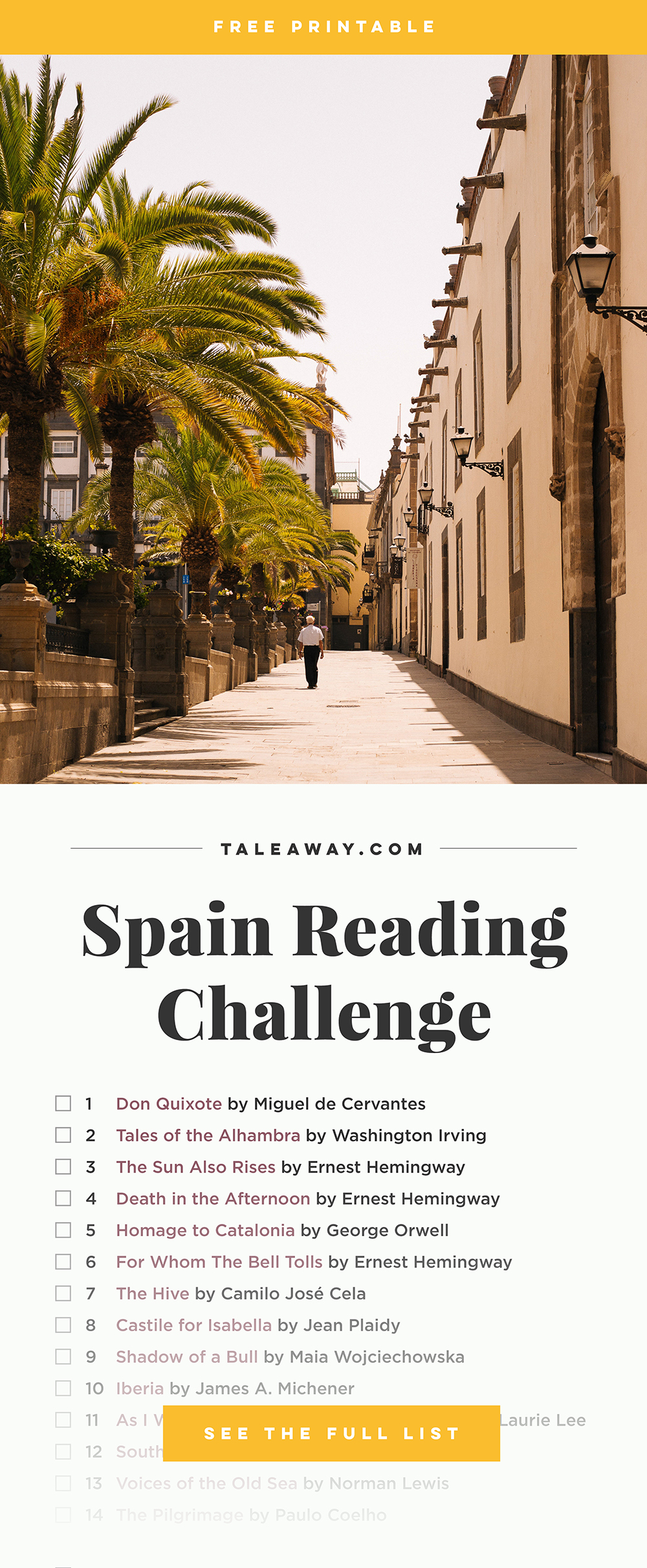
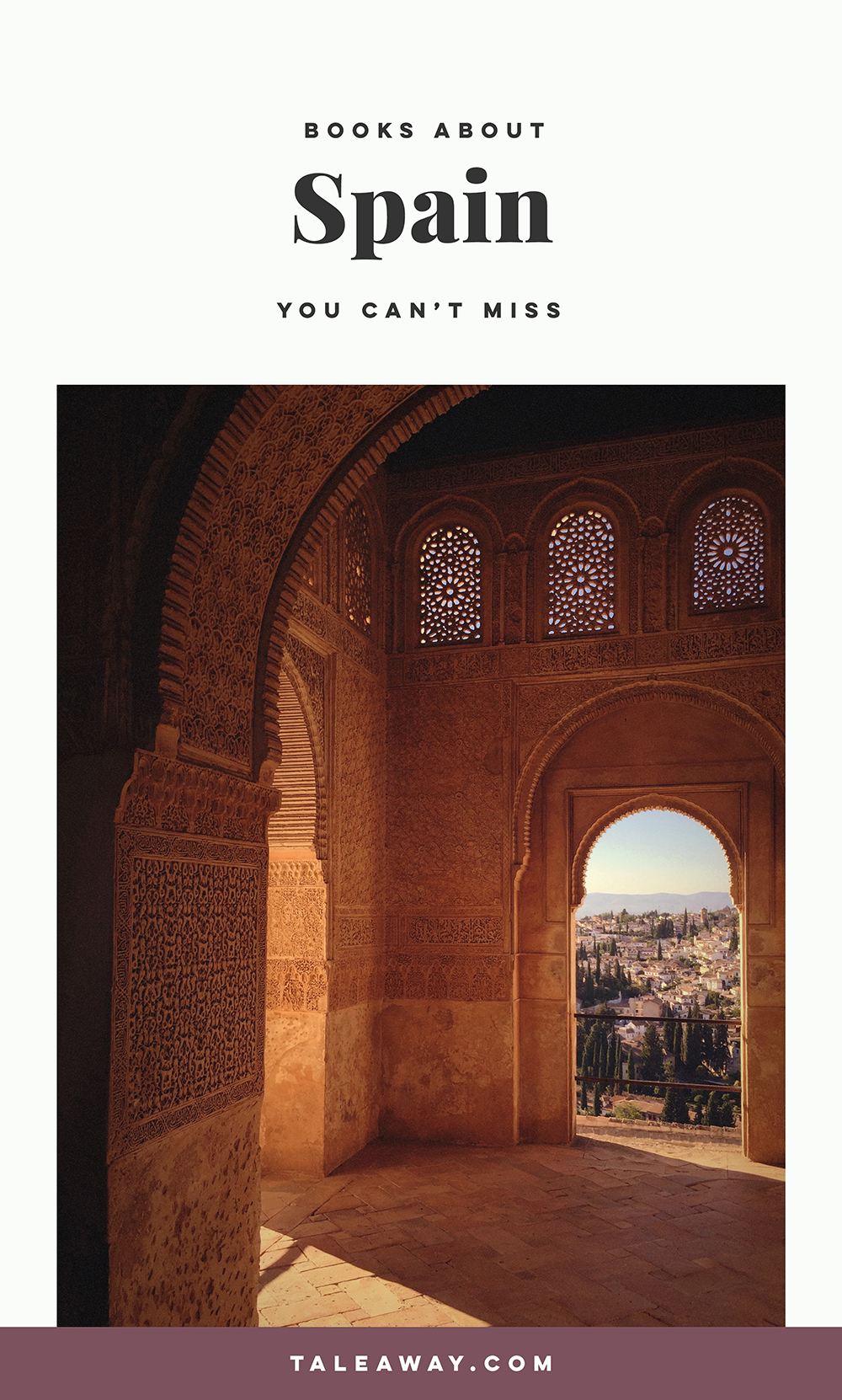
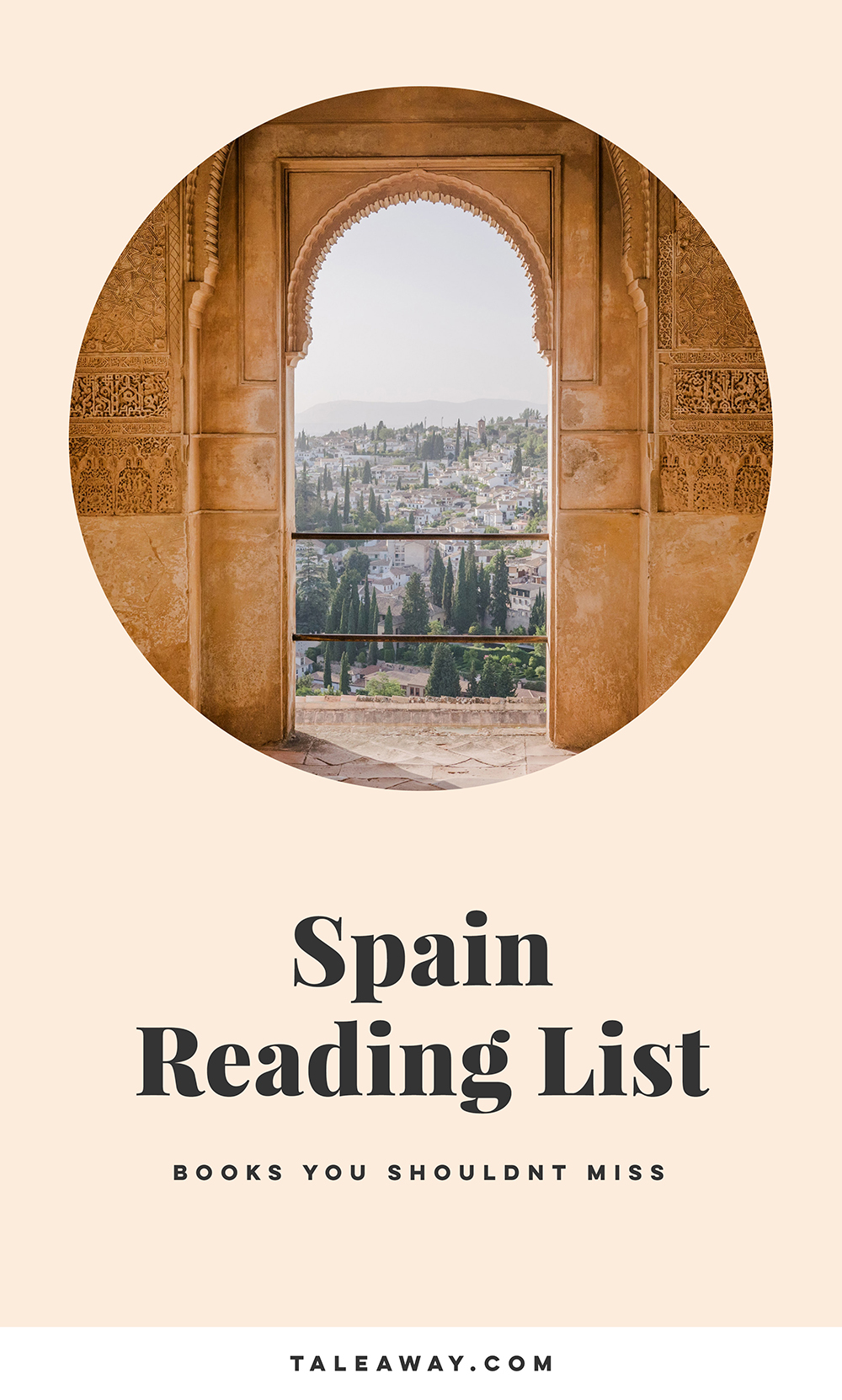
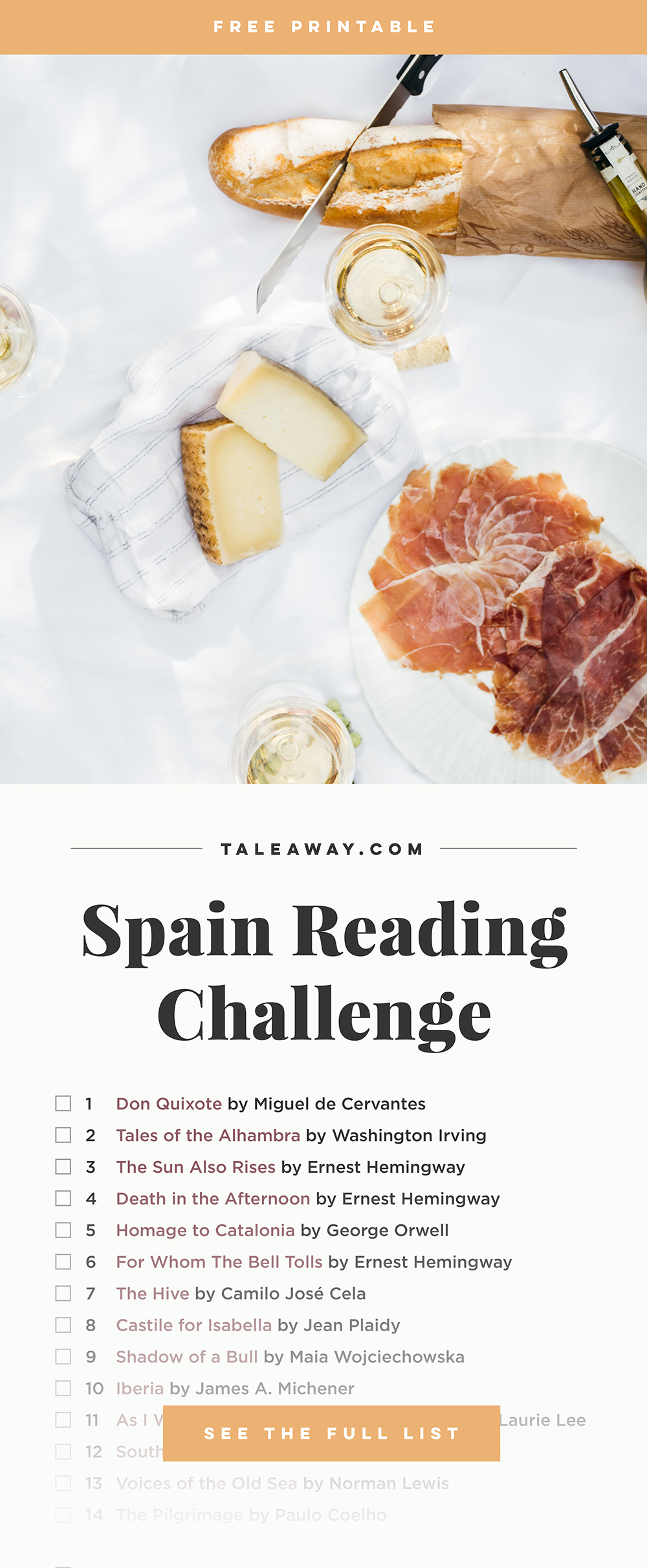
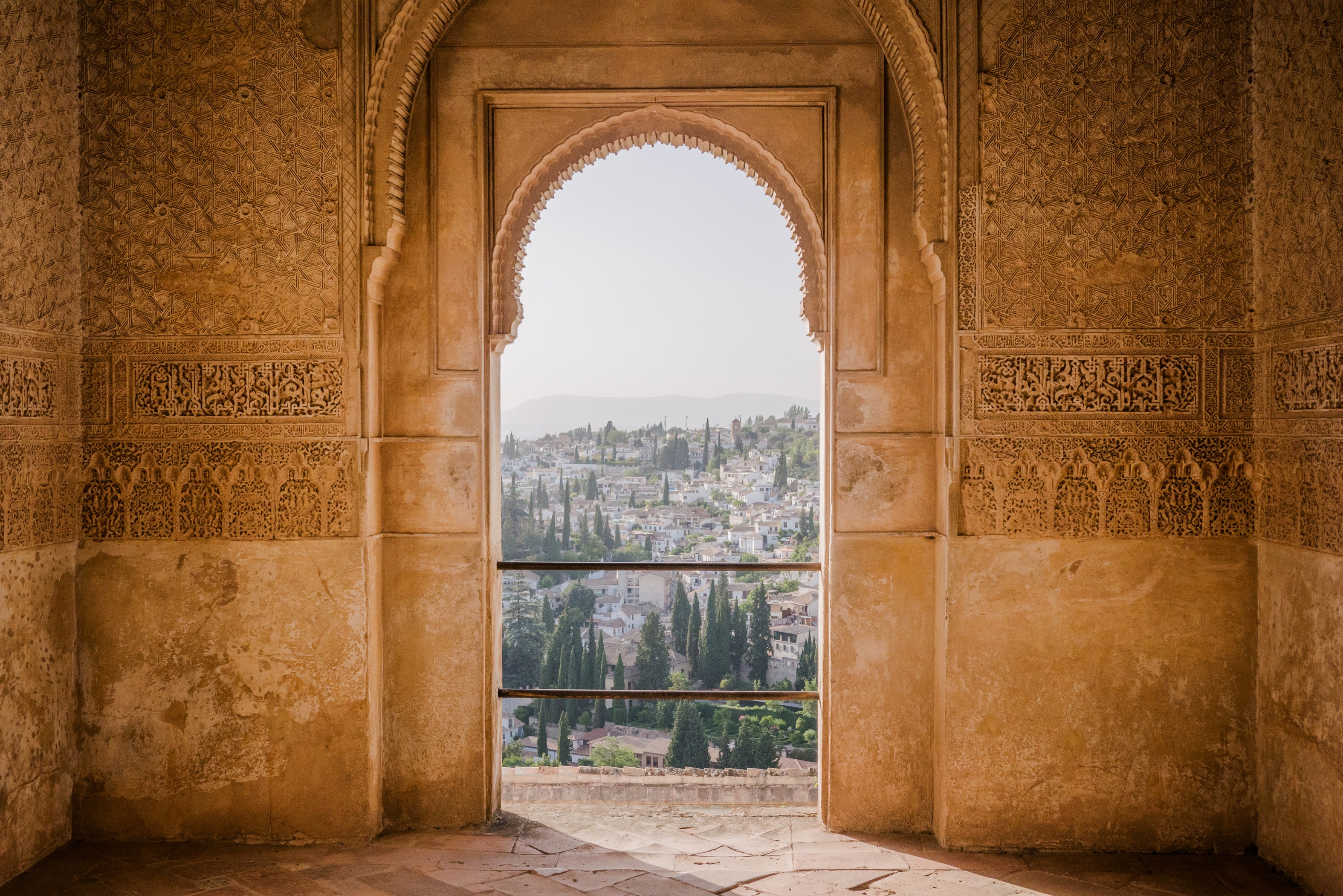

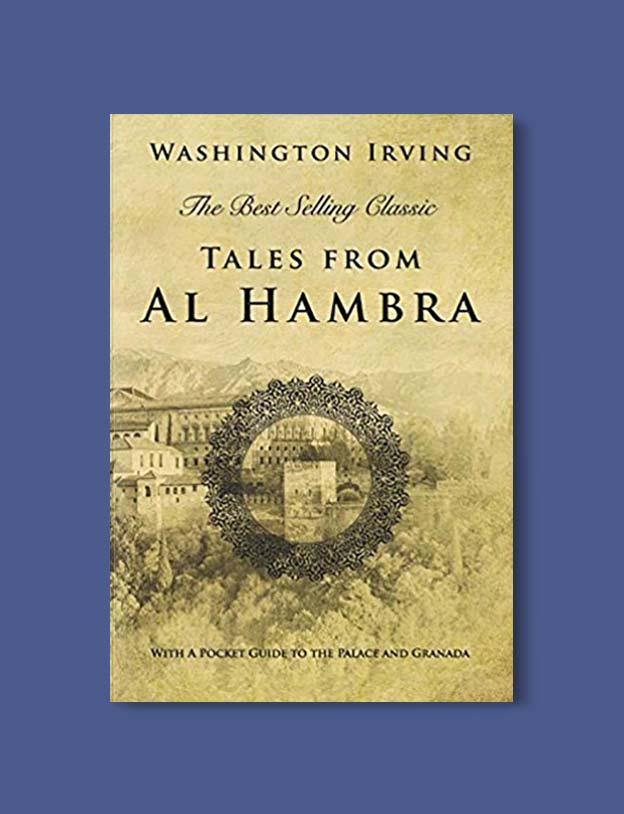
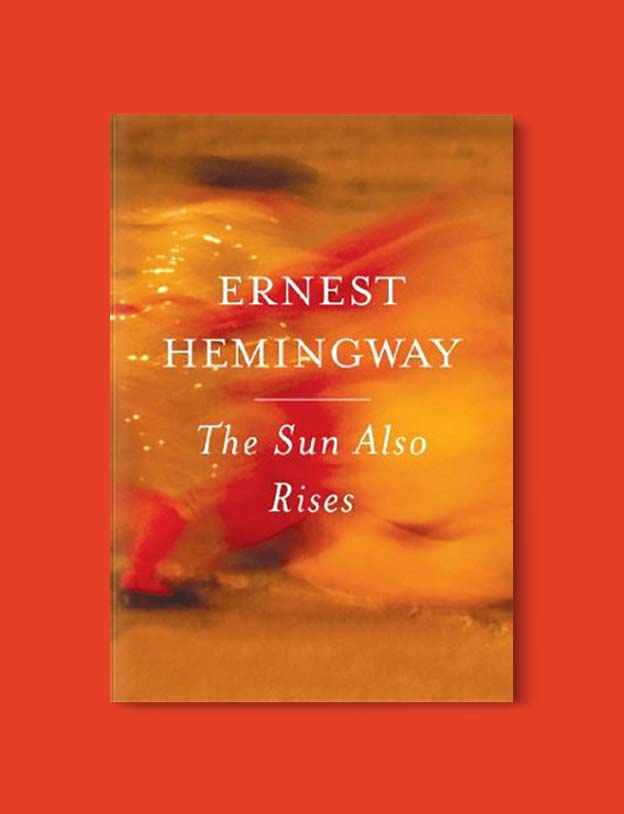
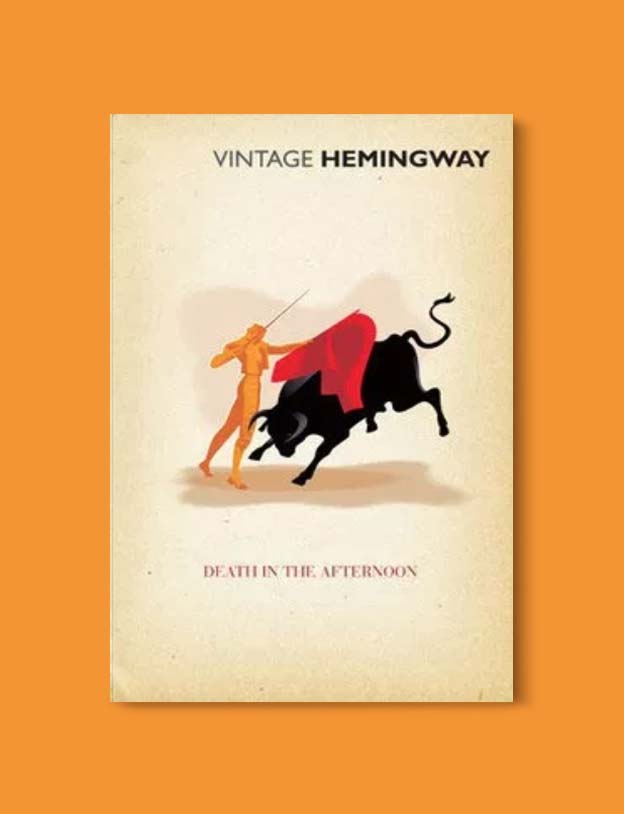
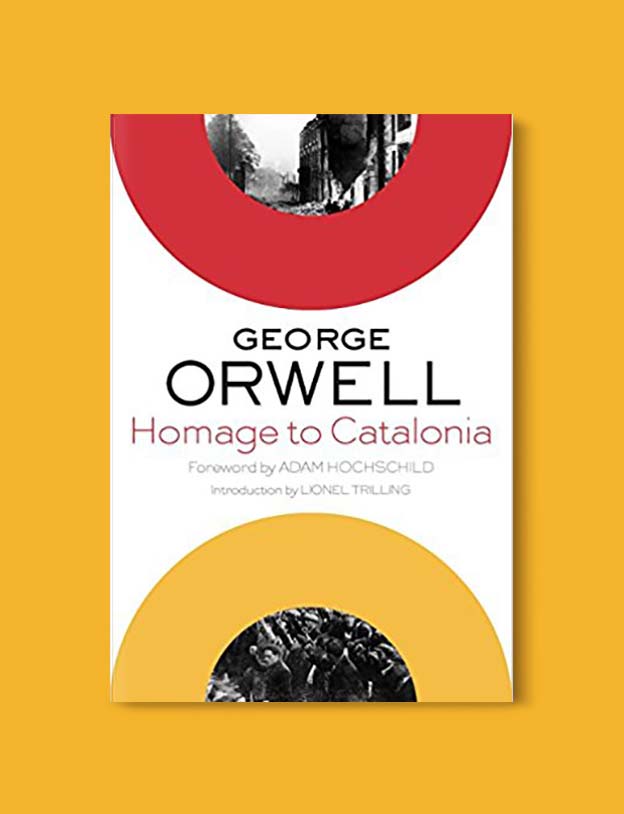
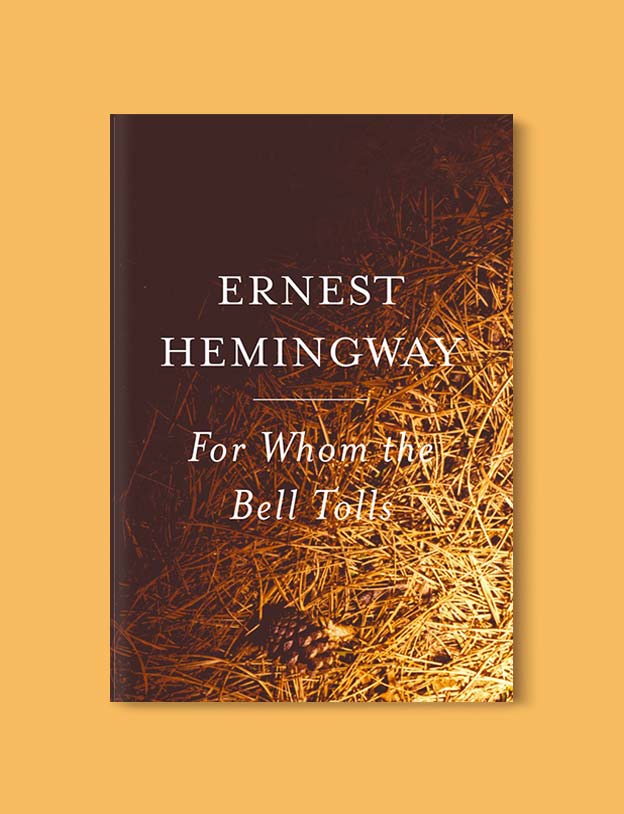
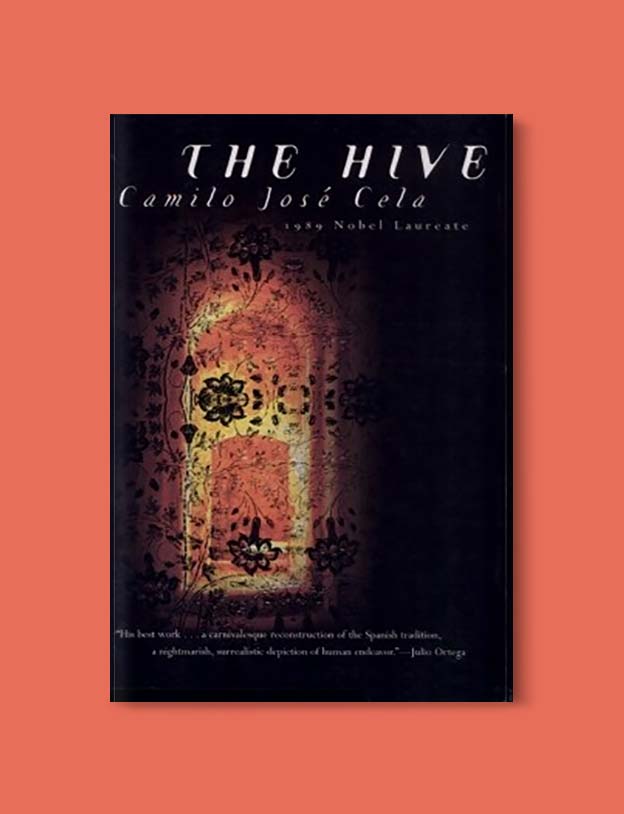
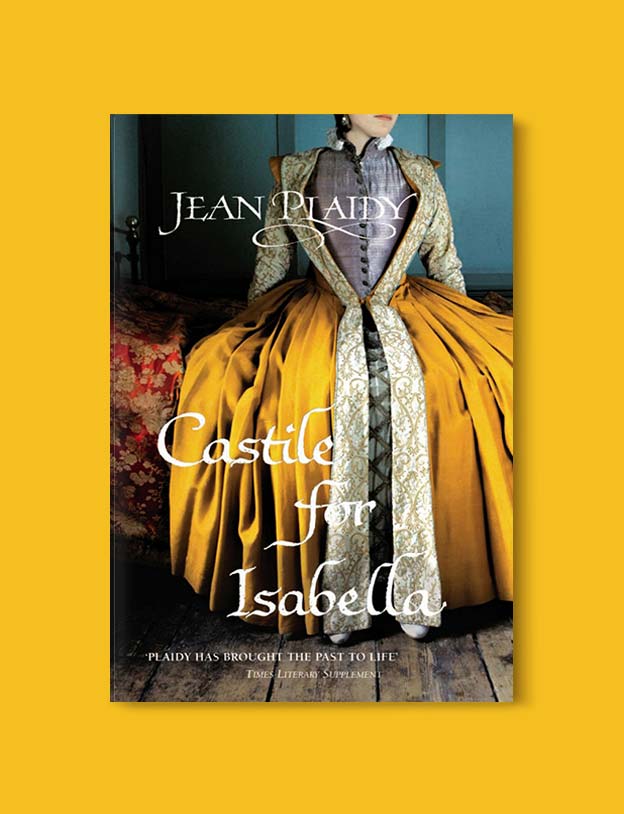



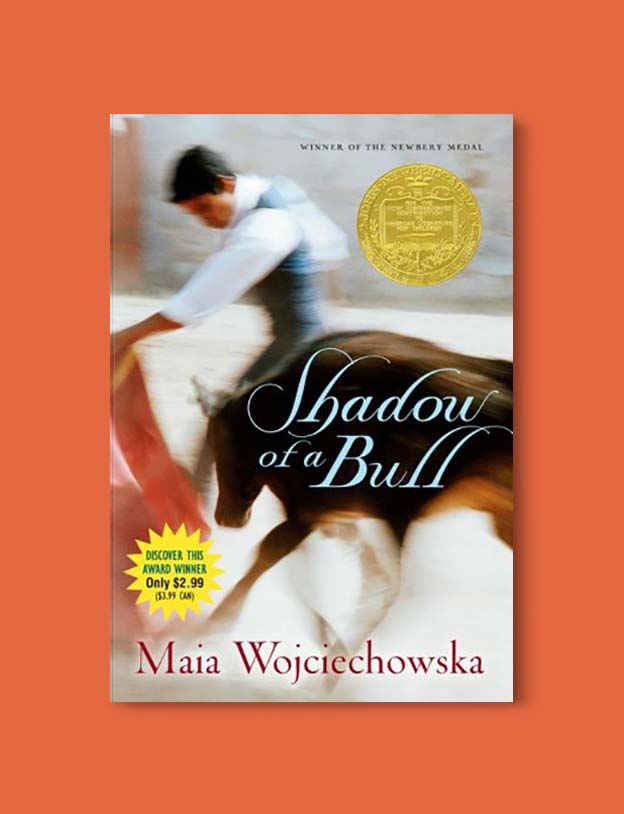
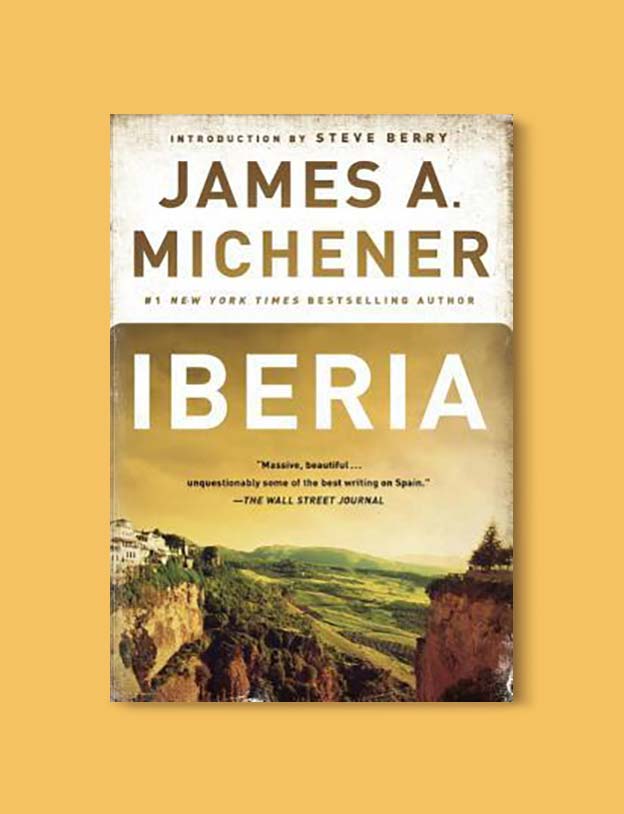
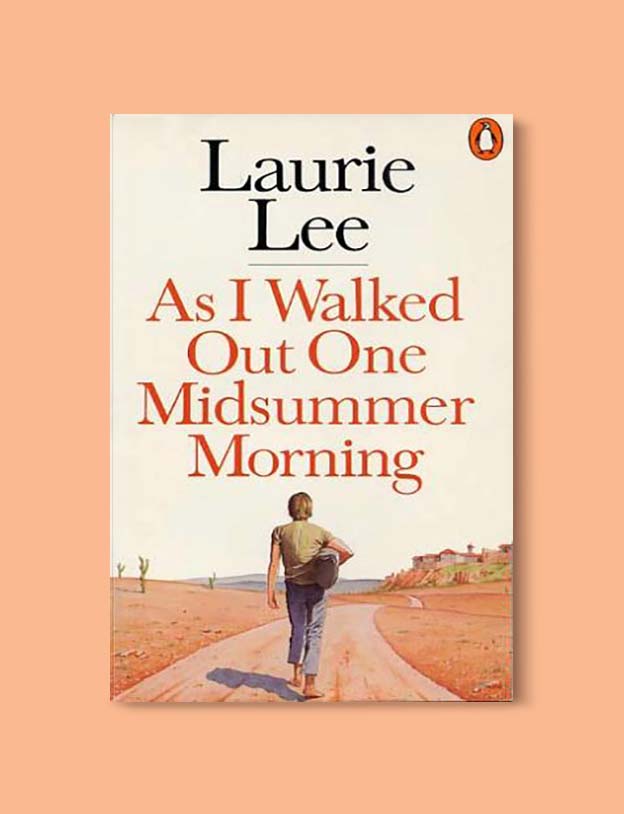
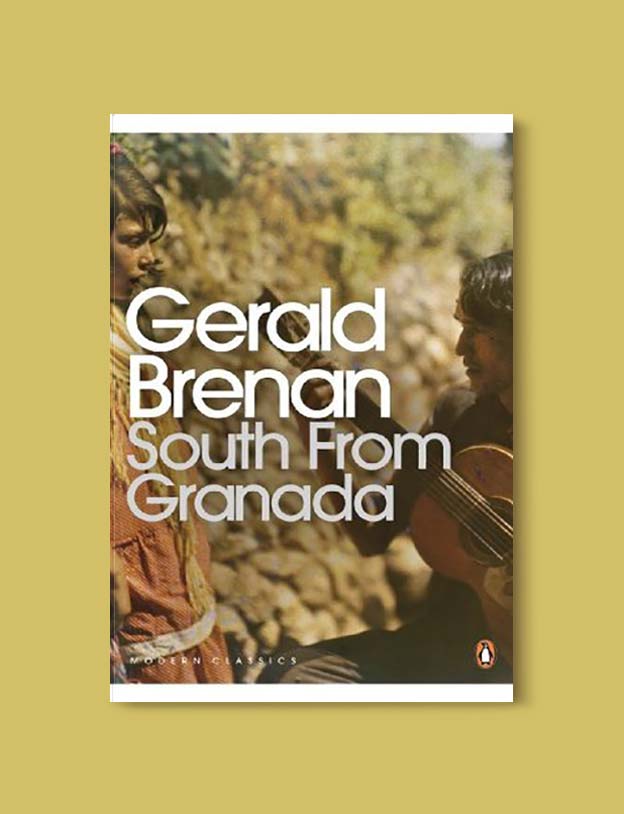
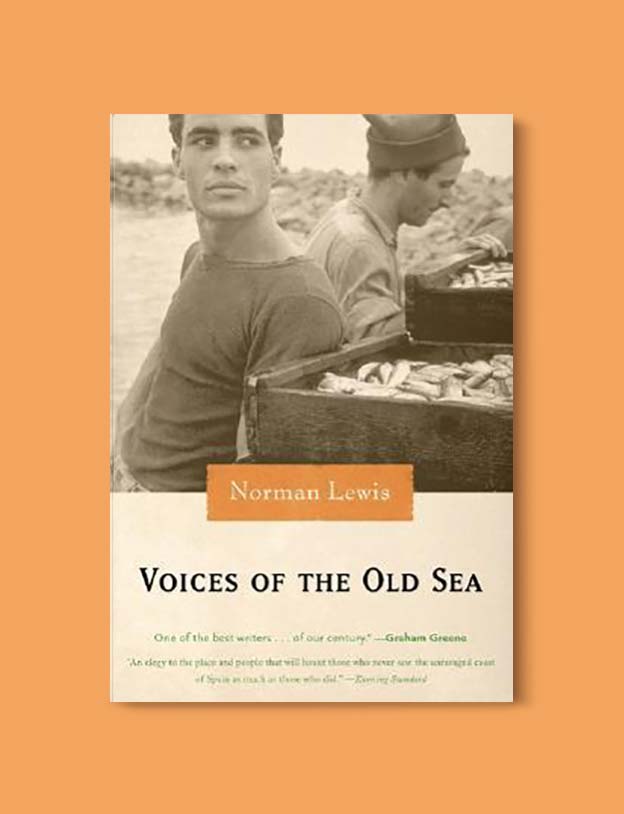
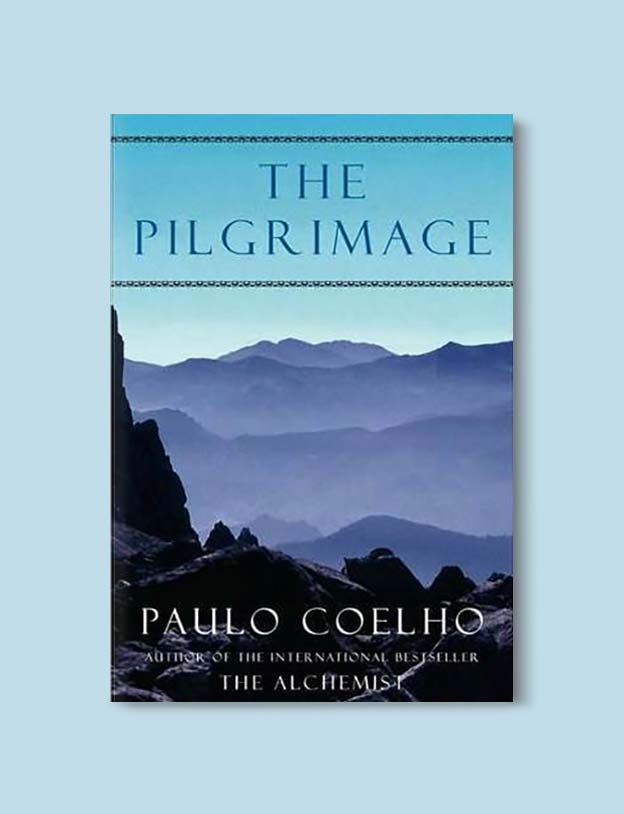
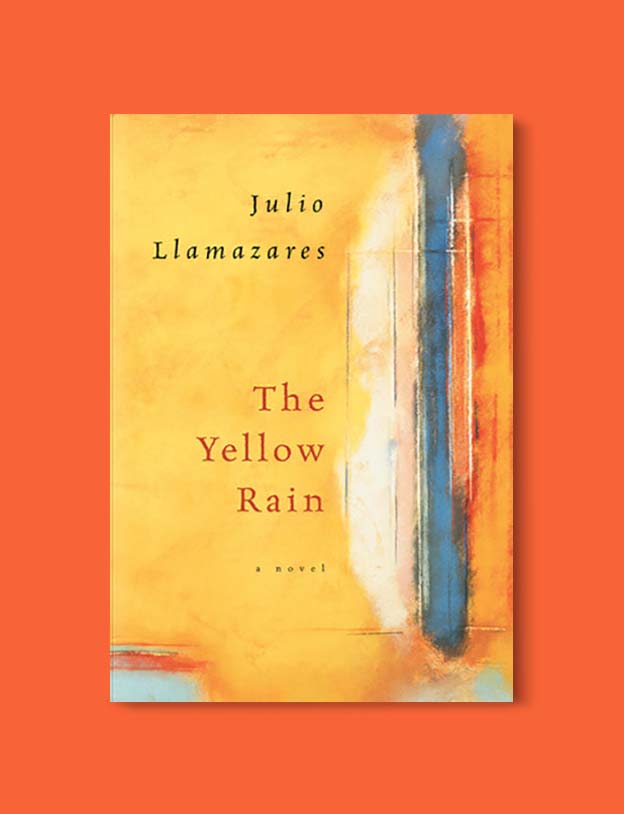
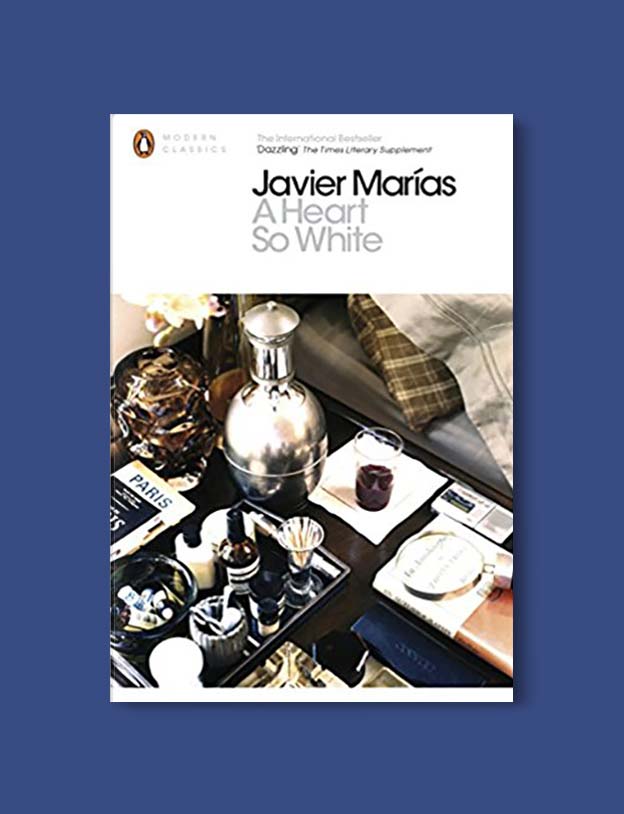
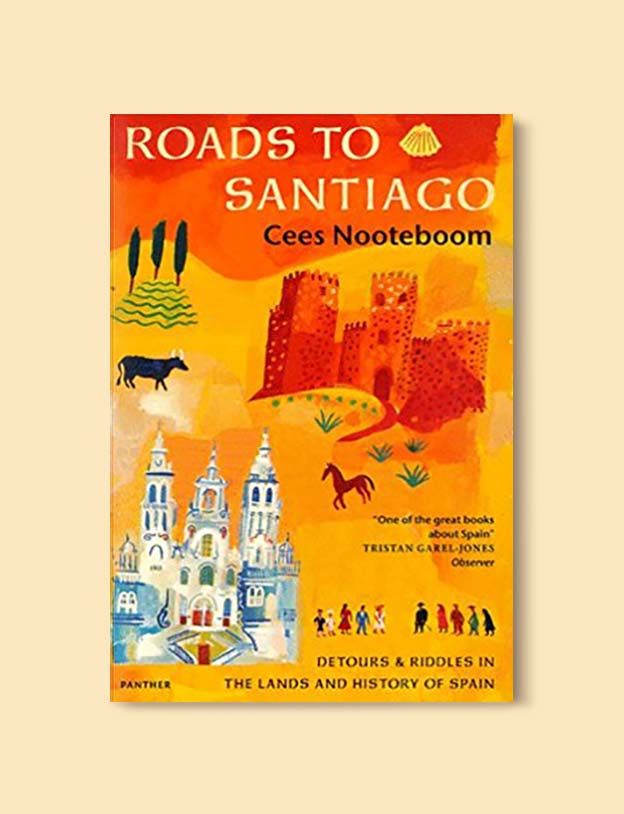

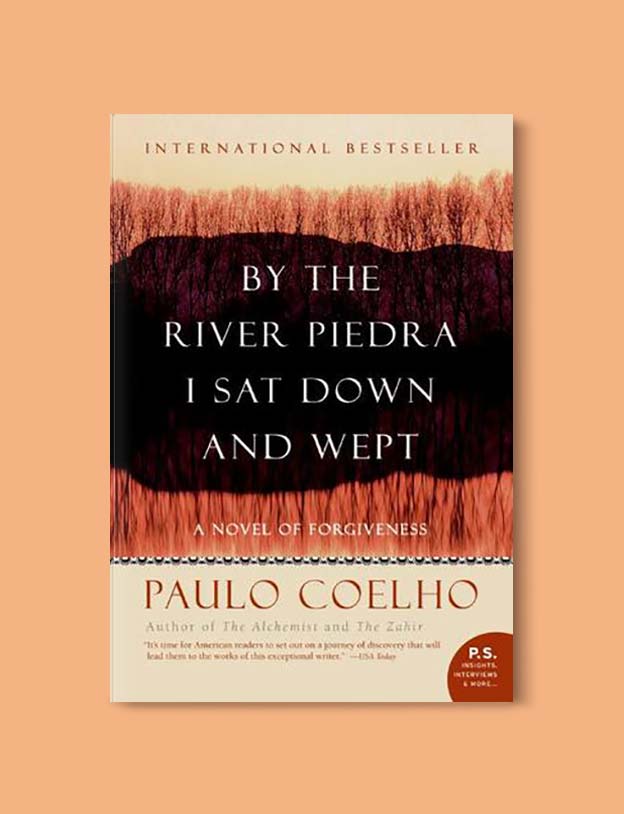
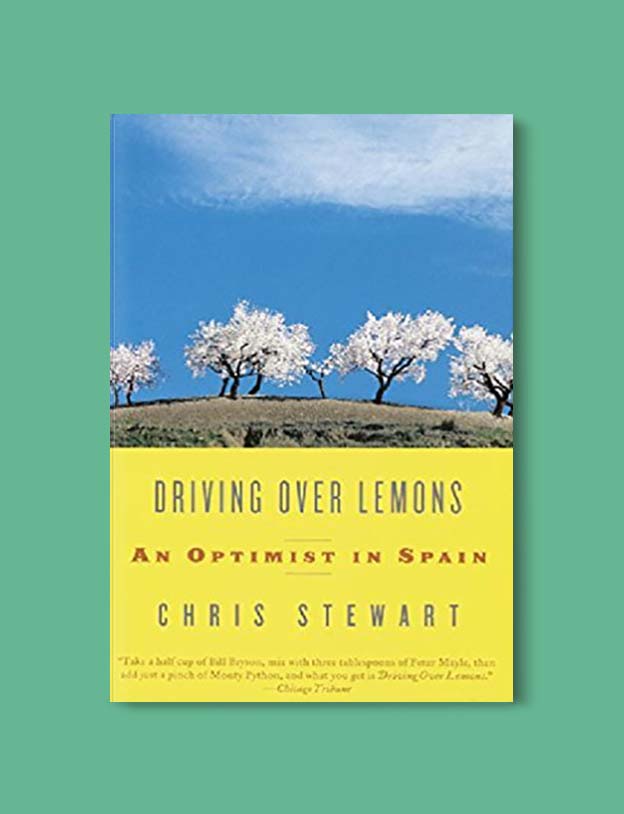
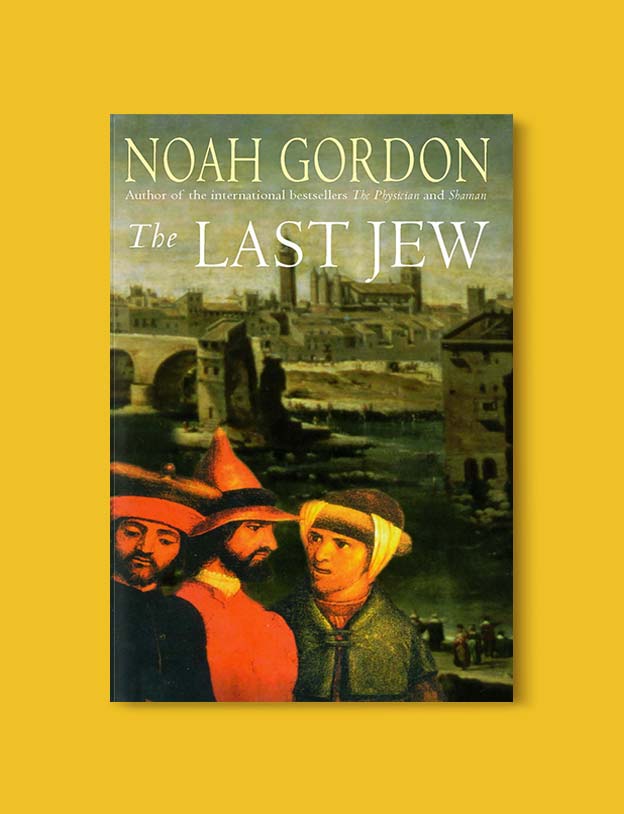





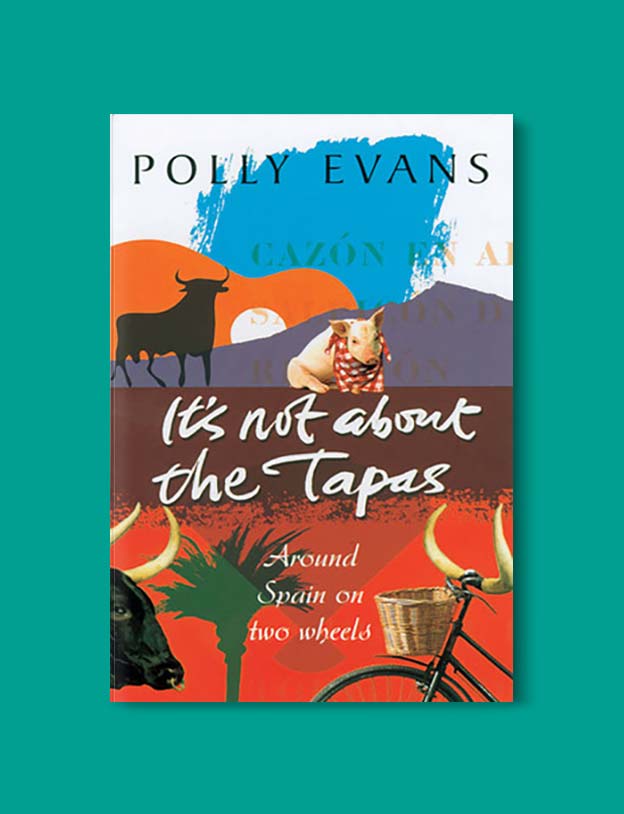
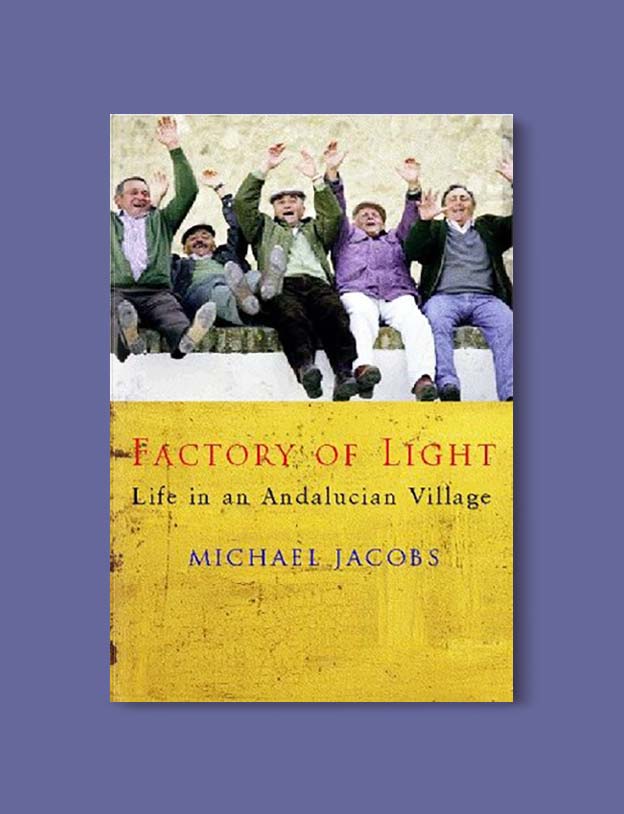
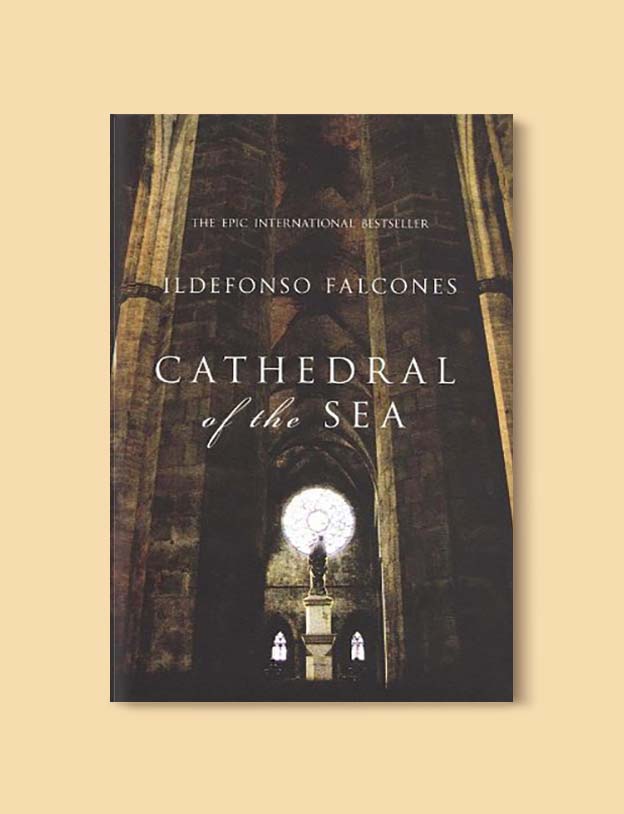
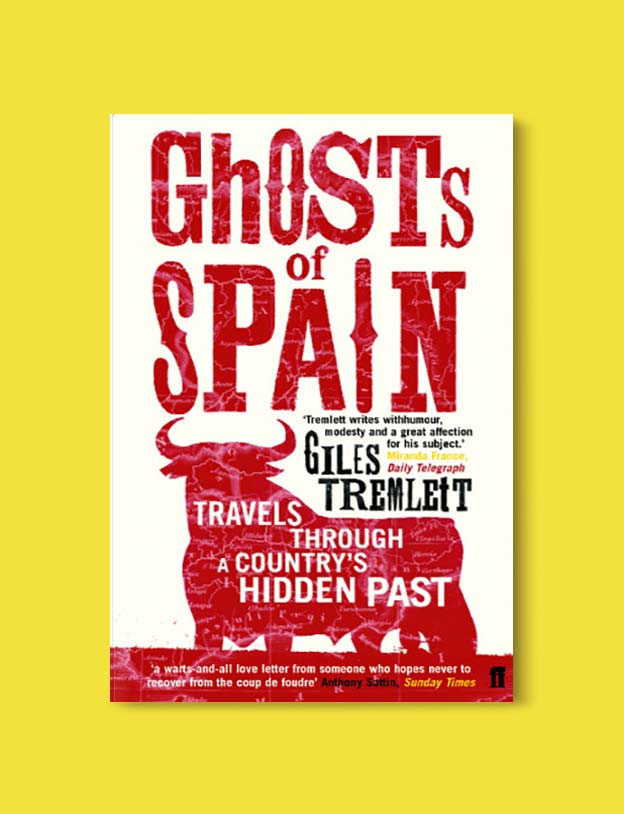
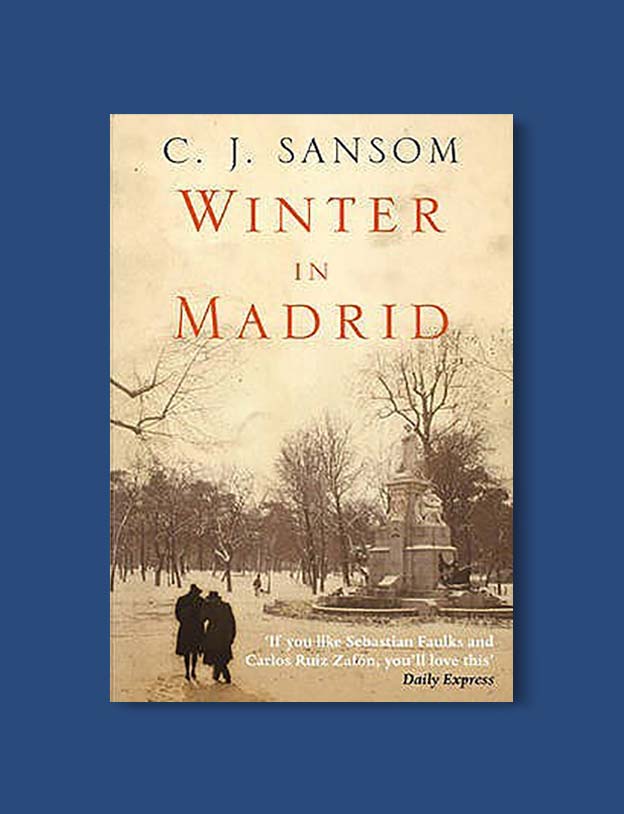
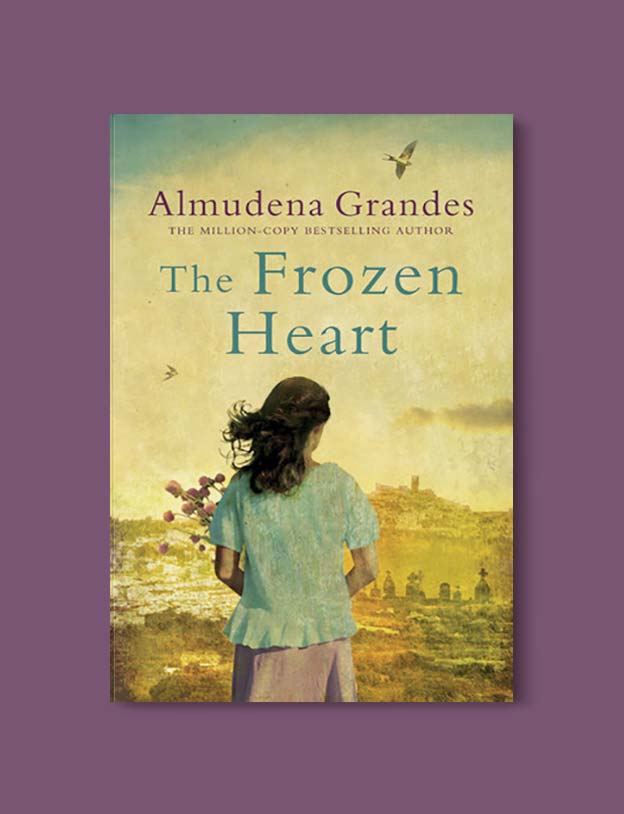
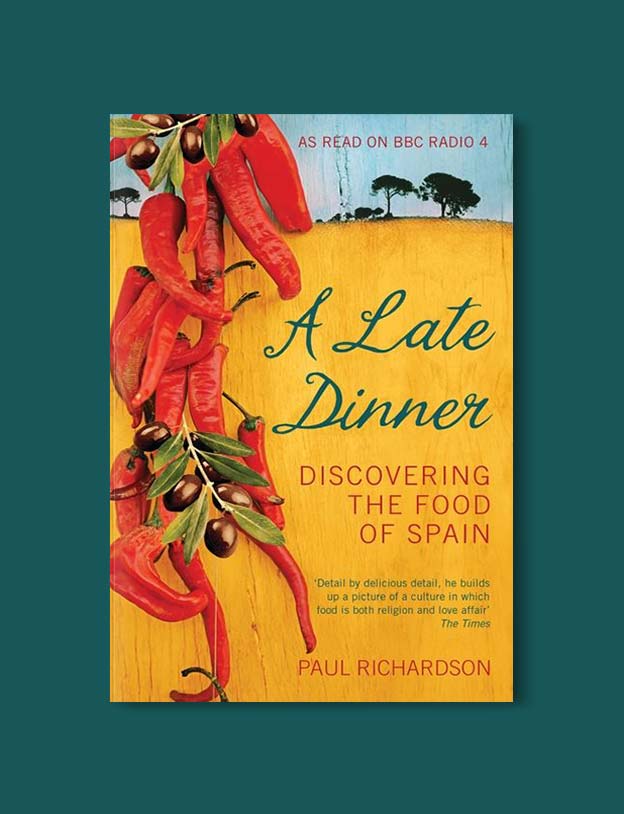
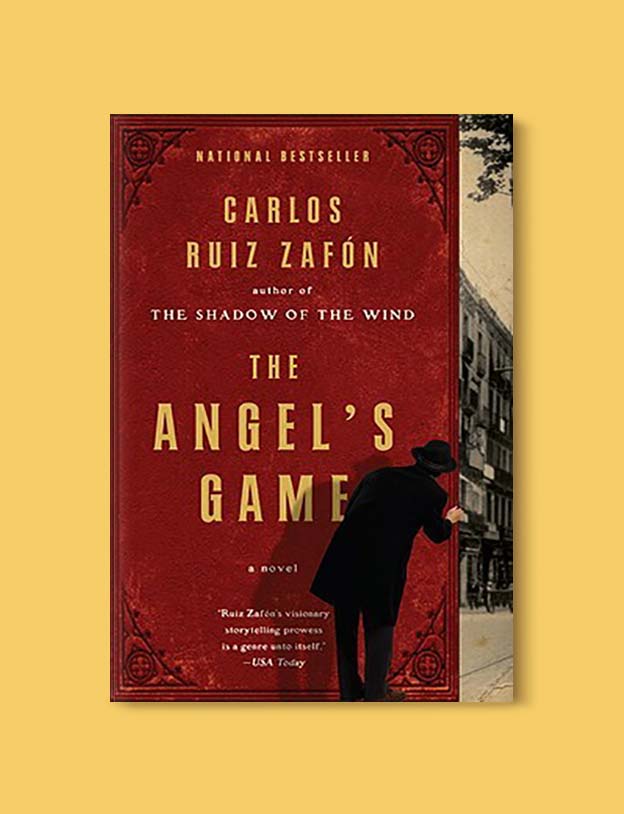
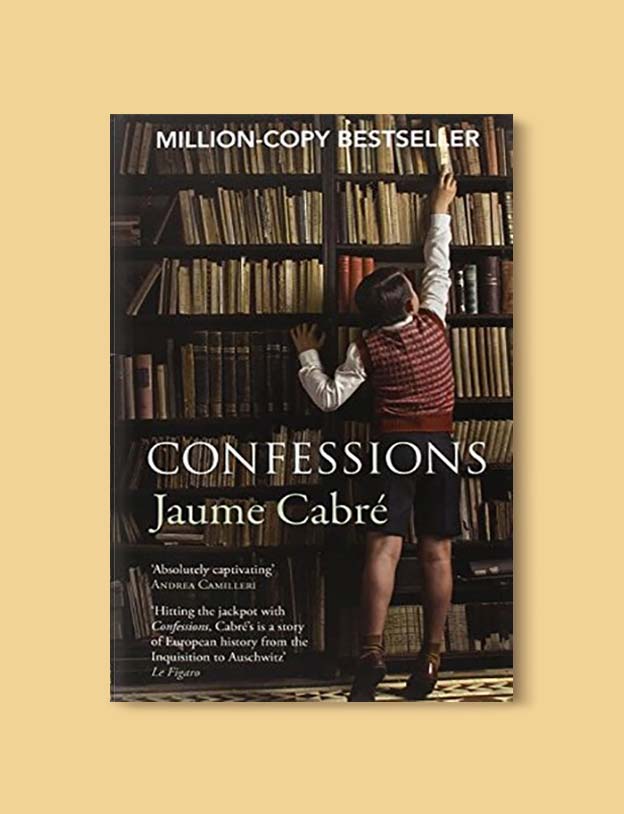
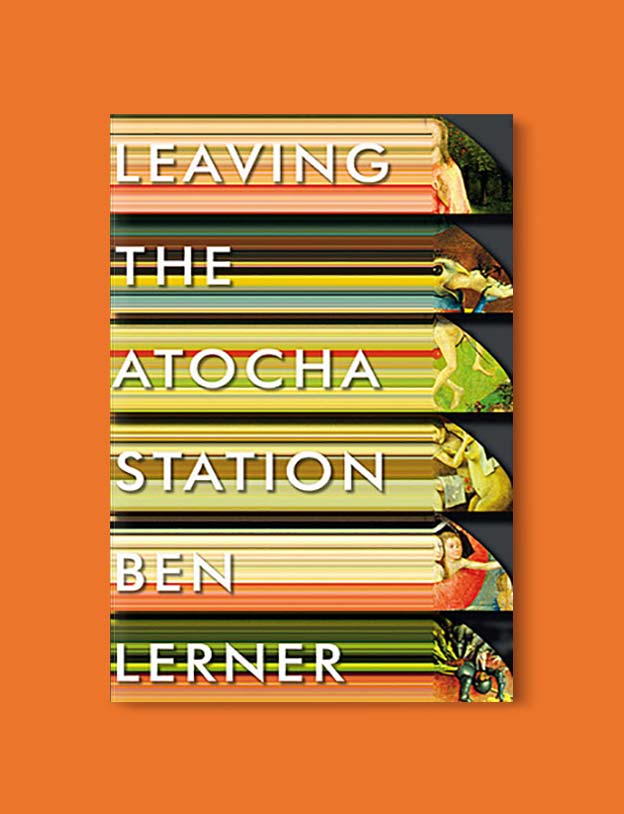
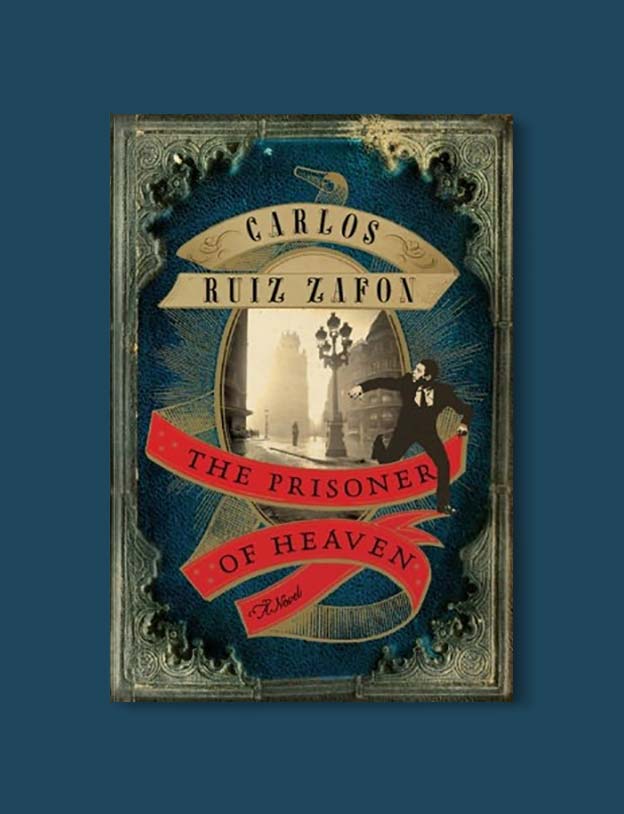
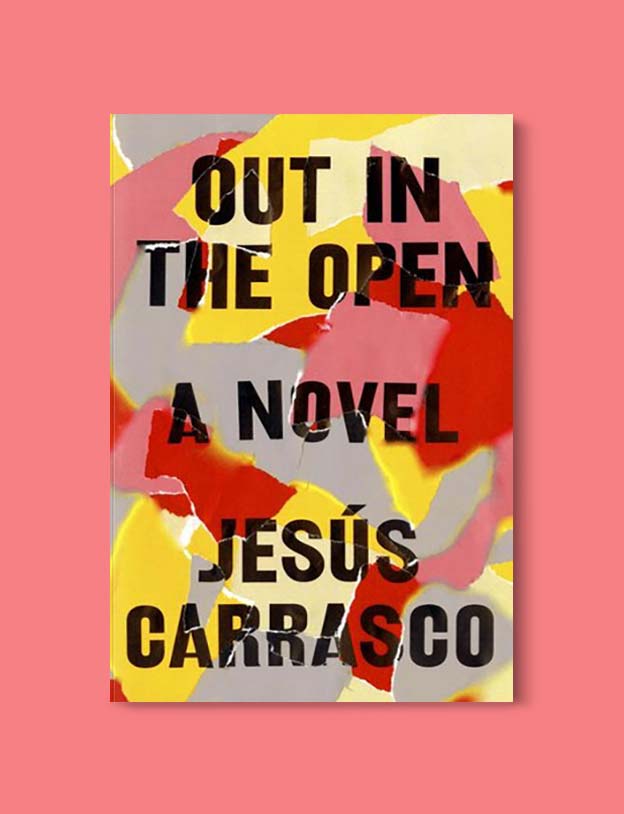
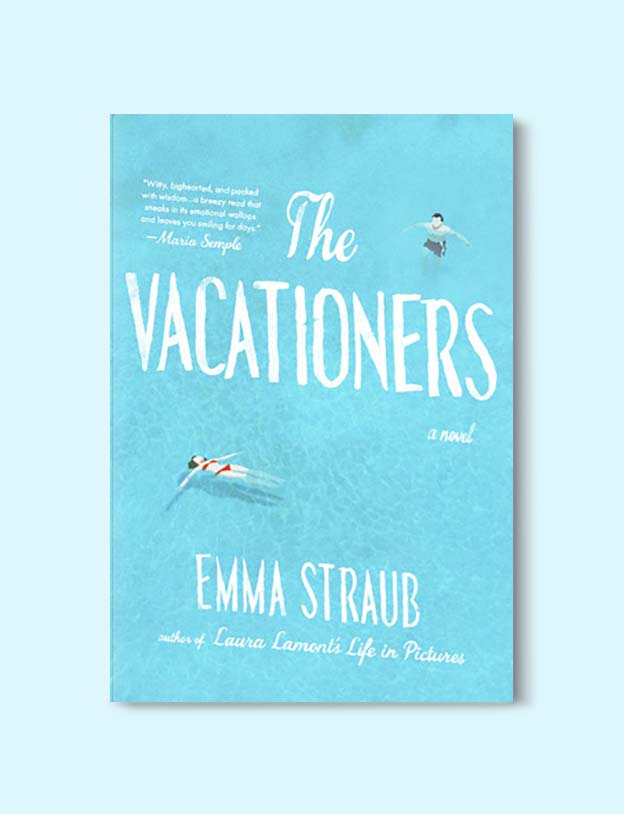

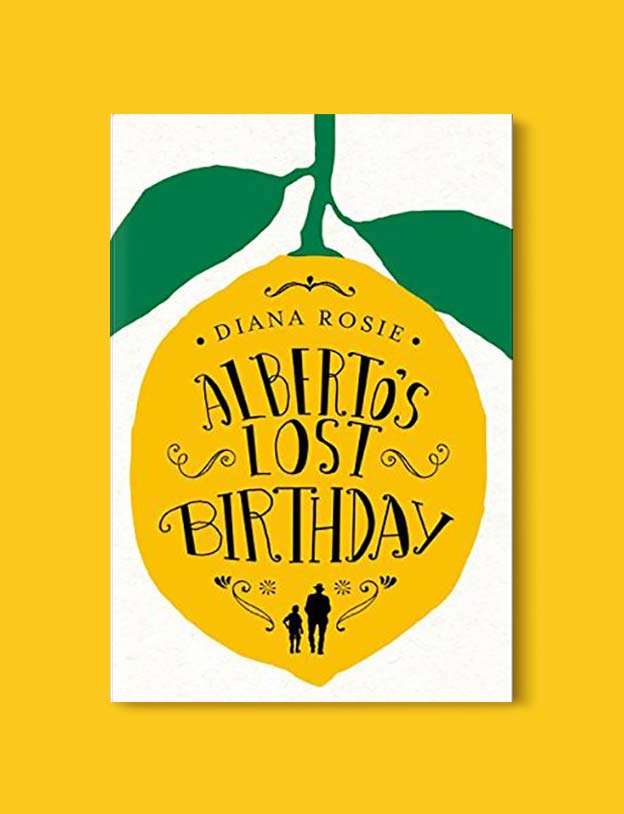

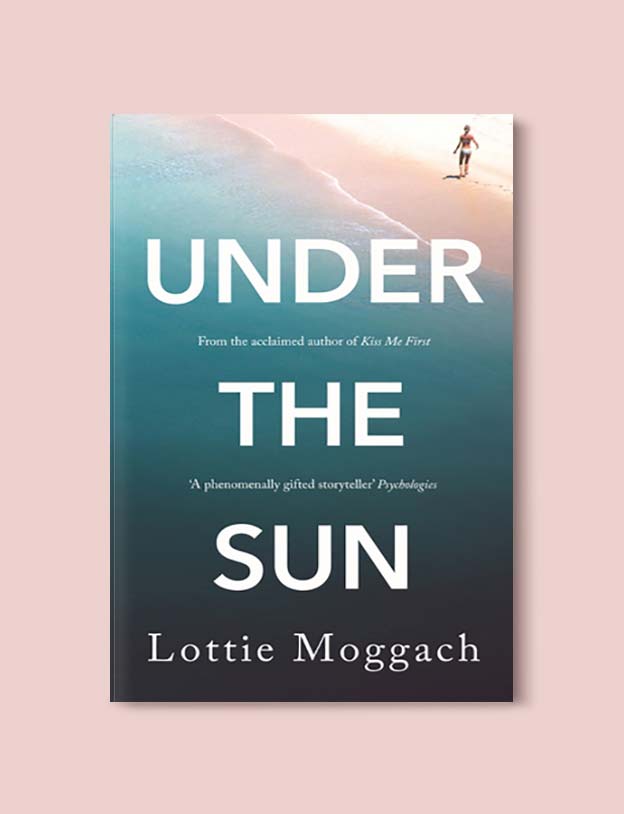
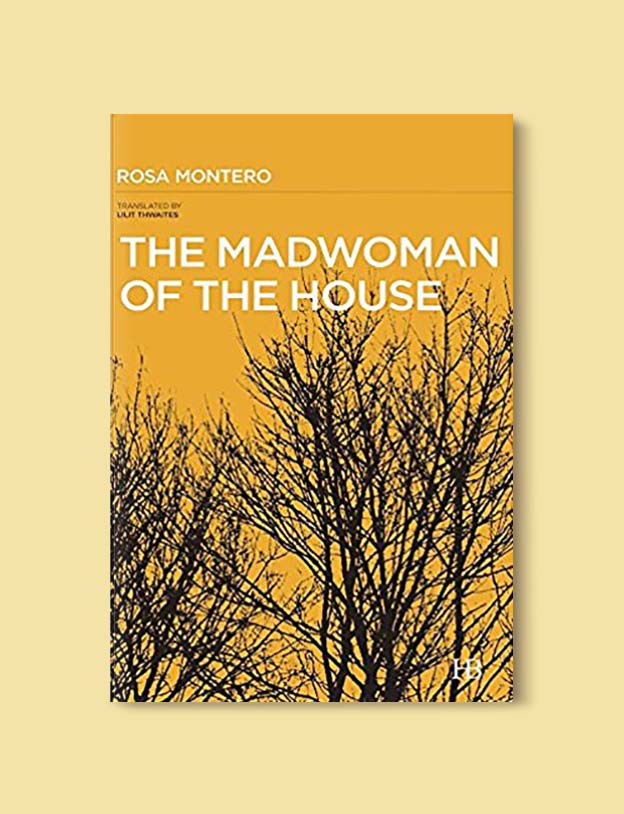

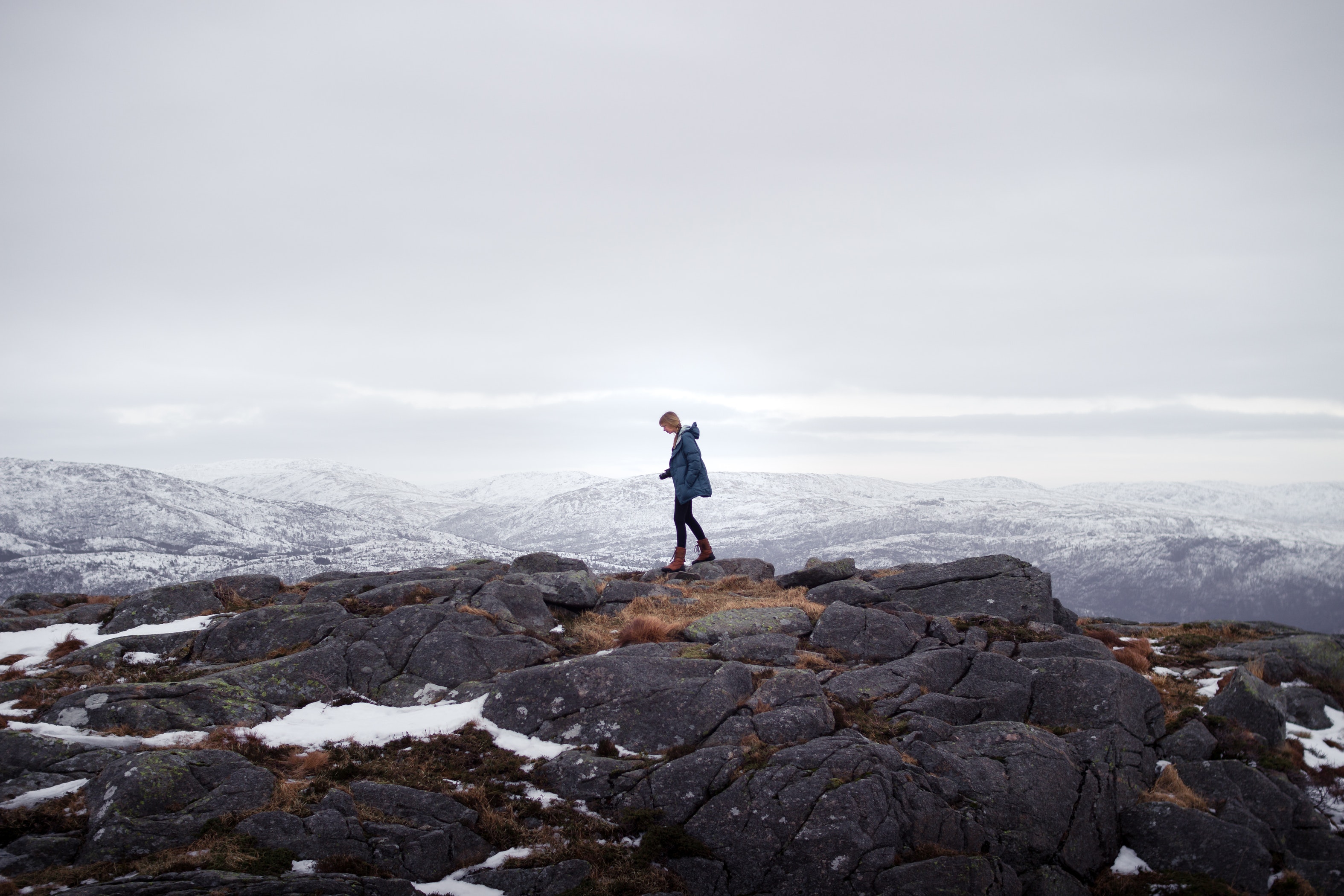


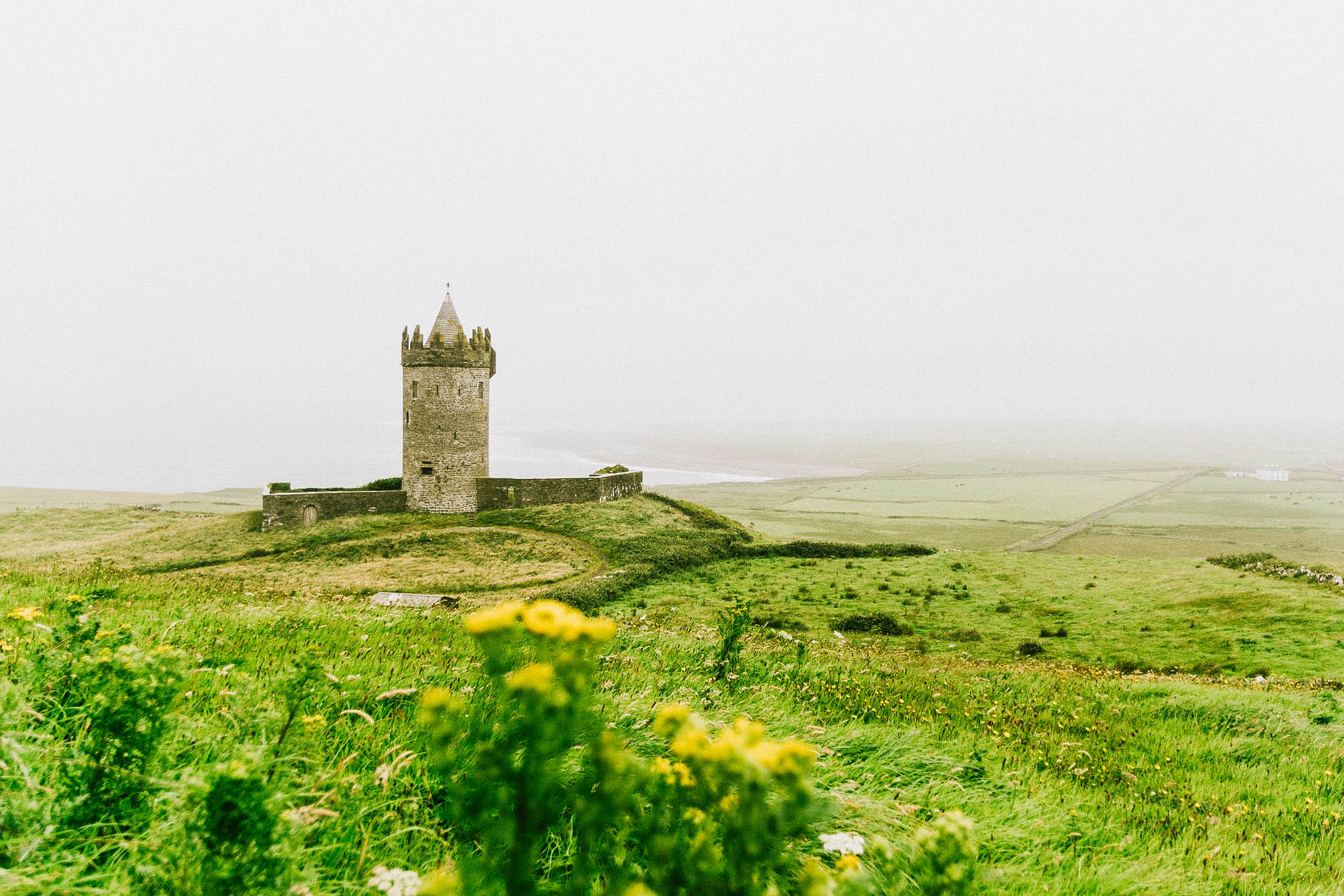
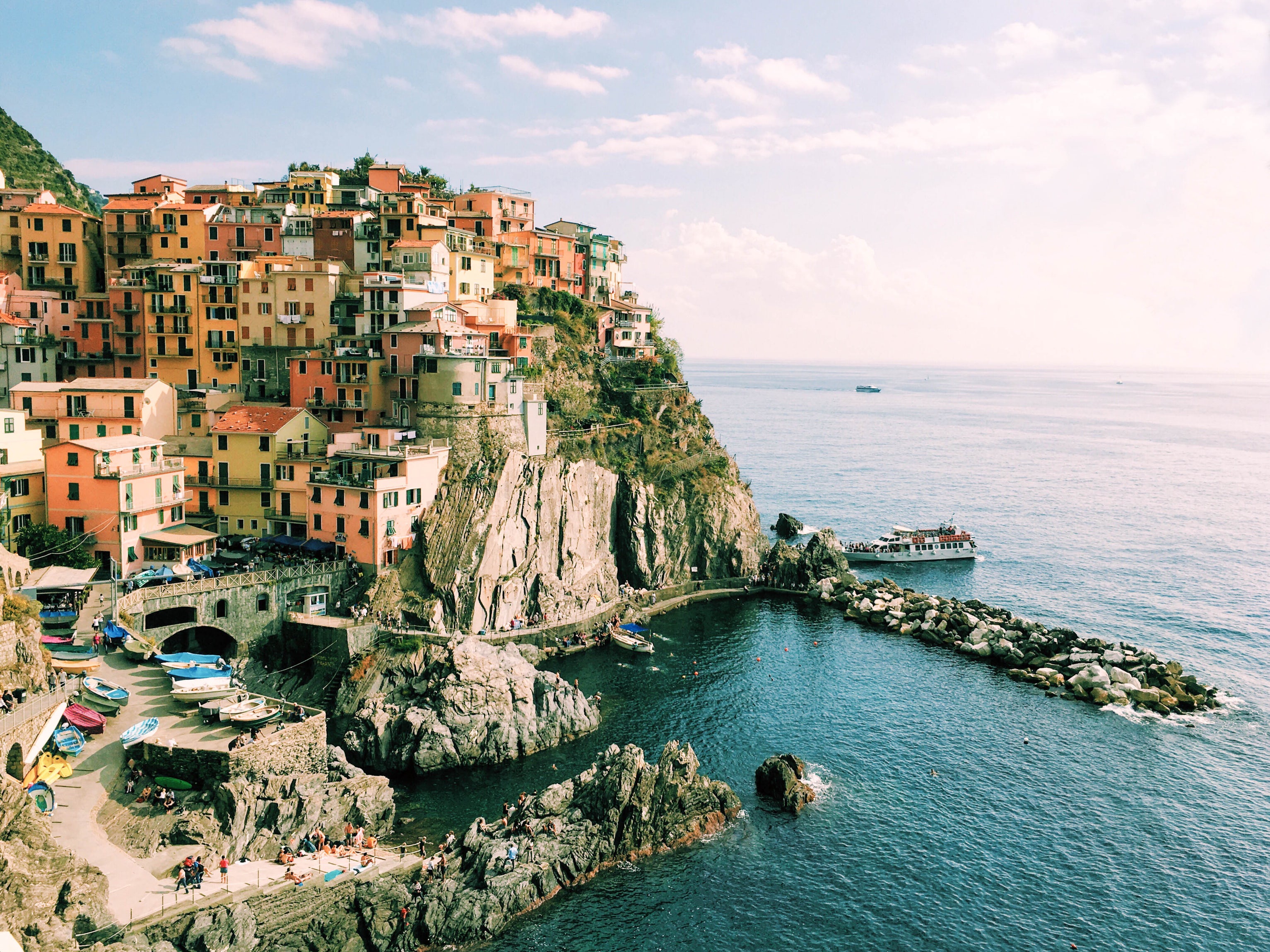


6 comments
Hey Ash,
What a great list of books set in Spain. I’ve lived in Seville for 13 years and have read quite a few, but a long way to go.
I love reading, and I’m also a writer. I’ve published a novel set in Seville, it’s called Falling for Flamenco. Would you be interested in adding it to your list?
Thanks
Barry O’Leary
Hi Barry, thanks for commenting! I must admit, I’m rather jealous that you get to call the beautiful city of Seville home! I’ll have to check out your novel, I’m happy to include it here in the comments – I’ve added a link so it’s easy to find 🙂
Hi Ash,
Do you have any more suggestions for books by Spanish authors? Thanks, Carolyn
Hi Carolyn, just the recommendations from above for now! Perhaps one day we’ll starting publishing lists focused on native authors too. Thanks for asking though, do let us know if you have any suggestions for it! 🙂
Hi Ash,
Can I recommend some fantastic books set in Spain? Guernica by Dave Boling, The Sentinel – part of a trilogy by Mark Oldfield, The Return by Victoria Hislop, Nada by Carmen Laforet, The Carpenter’s Pencil by Manuel Rivas, In Diamond Square by Merce Rodoreda and The House of Bernarda Alba and Other Plays by Frederico Garcia Lorca. 🙂
Hi Carolyn, seems I was much too quick with my previous comment! You’ve already shared this incredible list! Thank you so much for putting together all these amazing recommendations and for sharing them with us. I’m most intrigued by the title from Victoria Hislop and am adding it to my (very long!) to-read list. I’m really curious about your interest in Spanish literature now, how did it come about? I often find myself reading books set in particular places more than others, but often with no rhyme or reason! 🙂